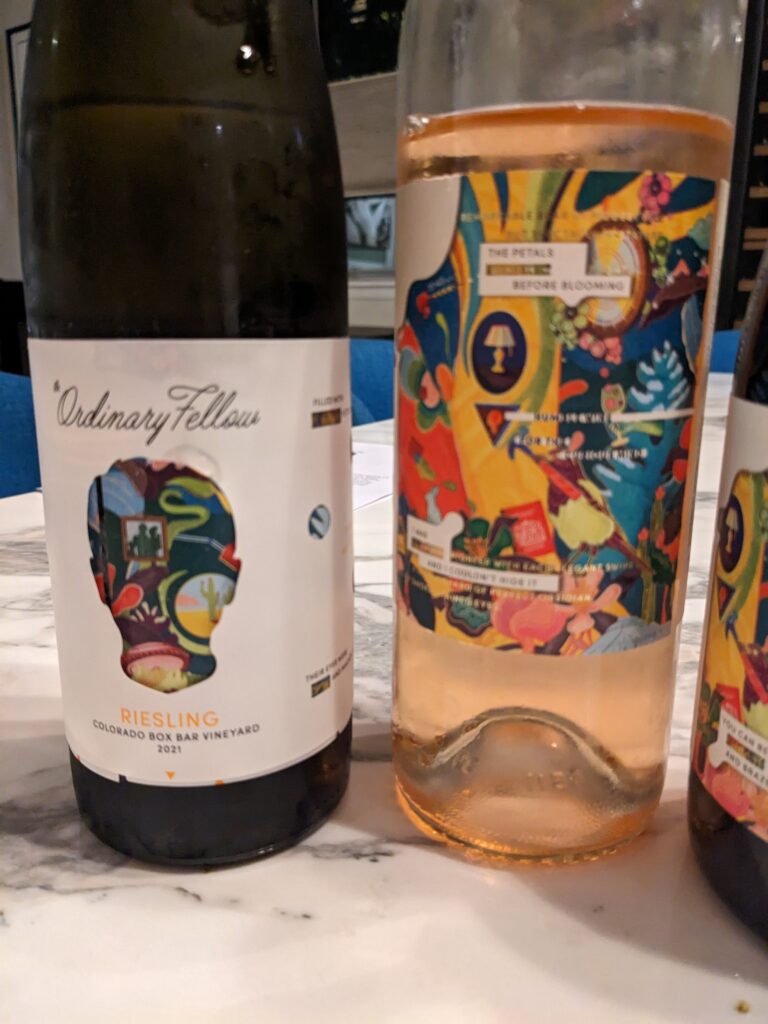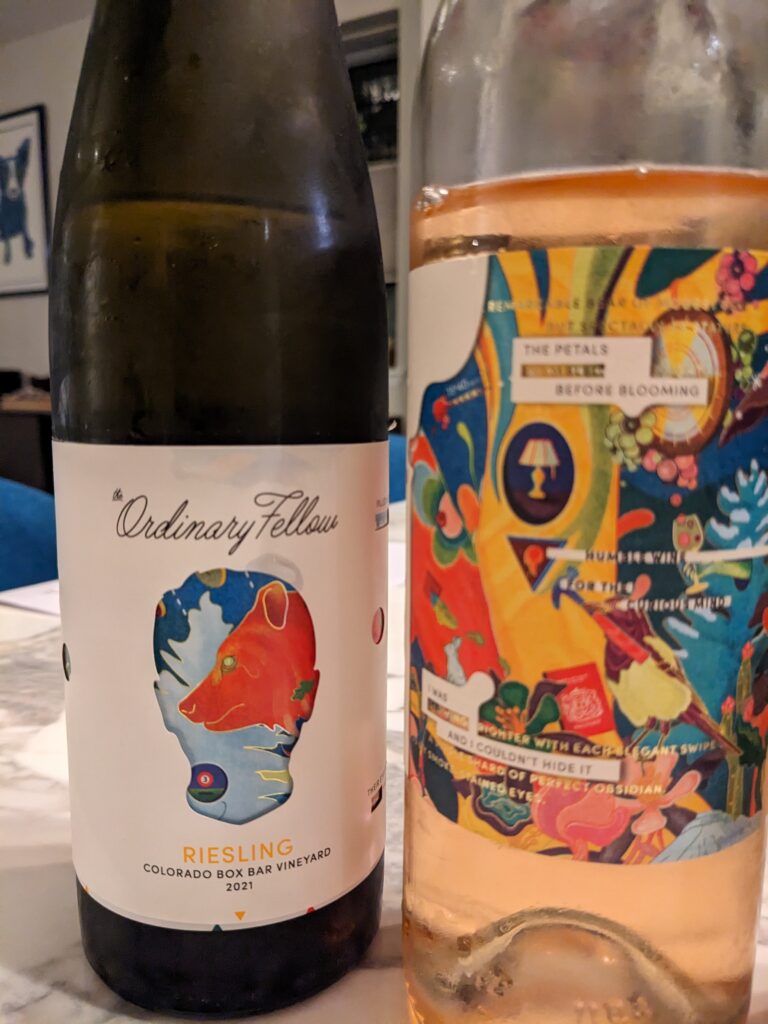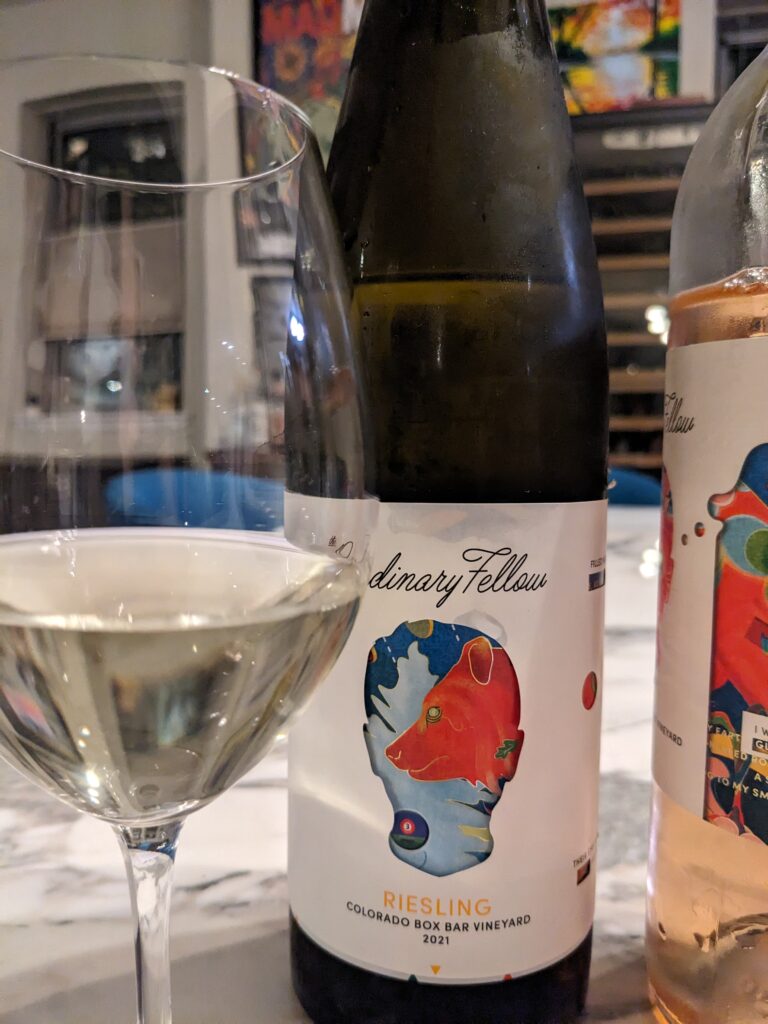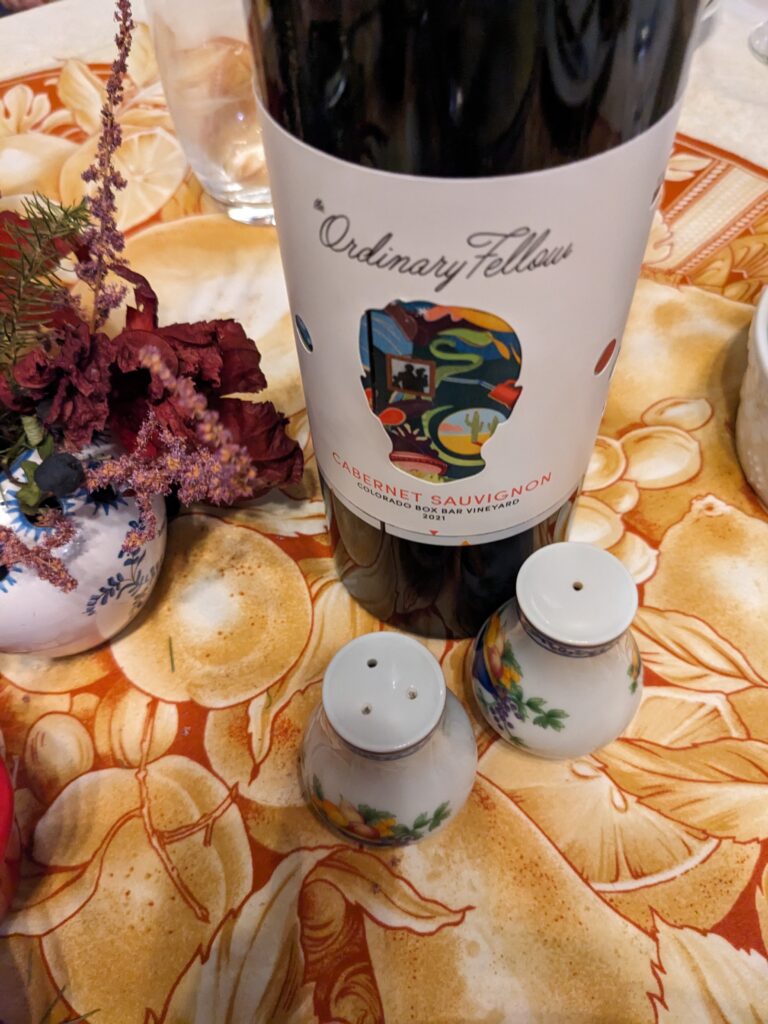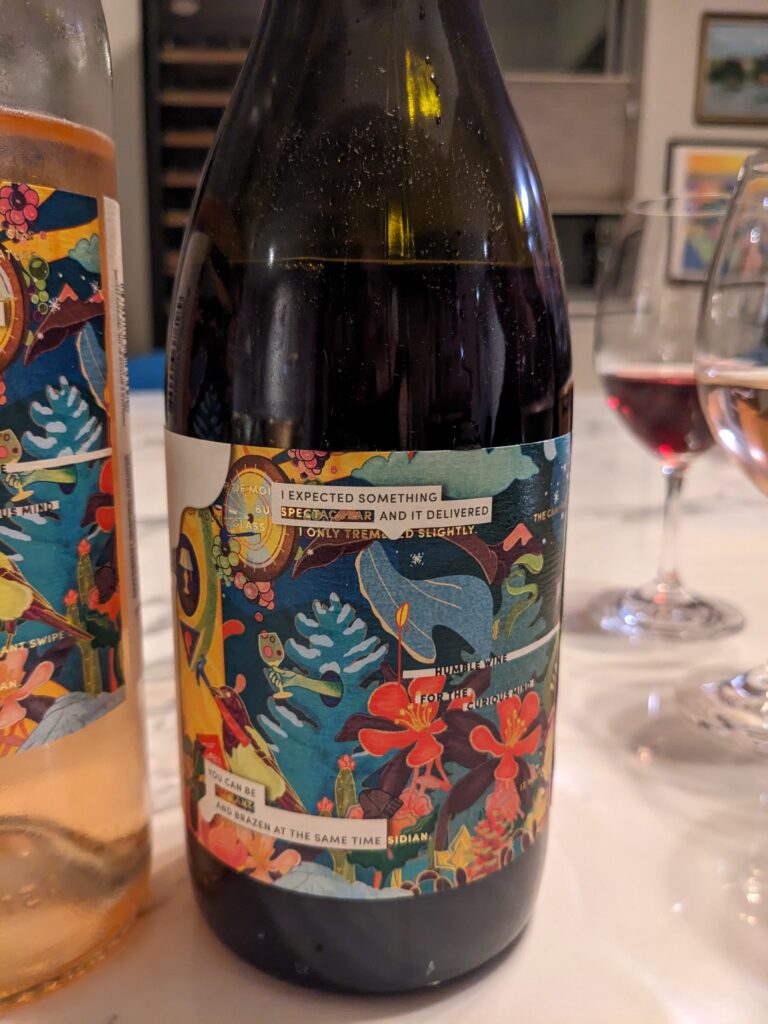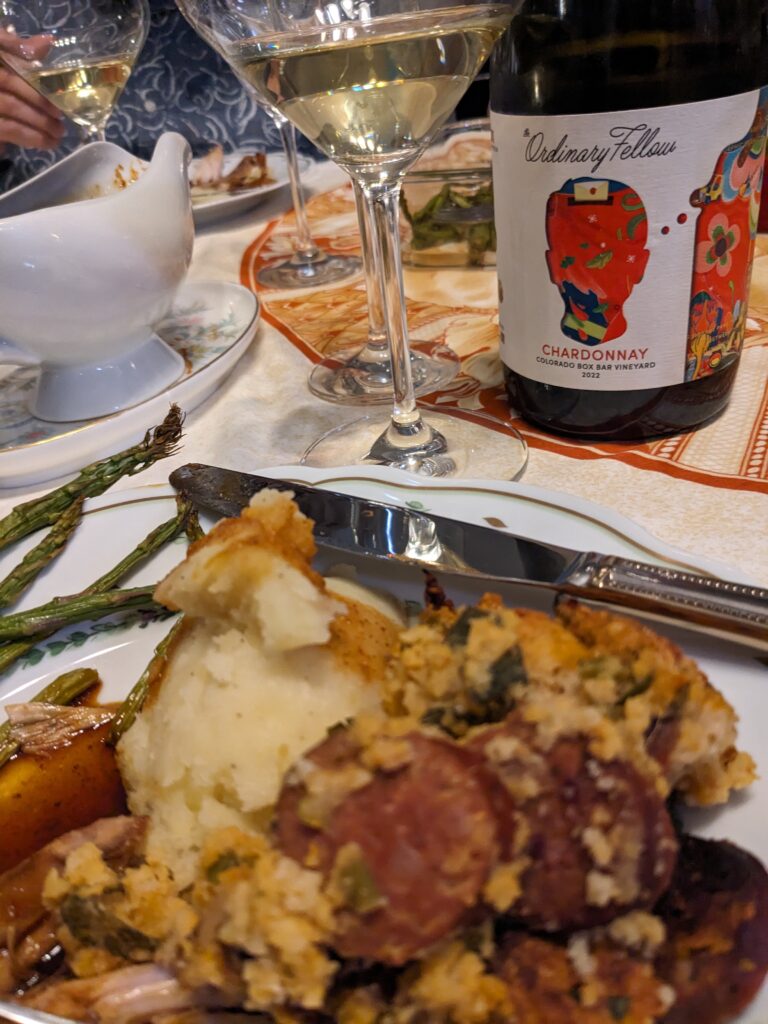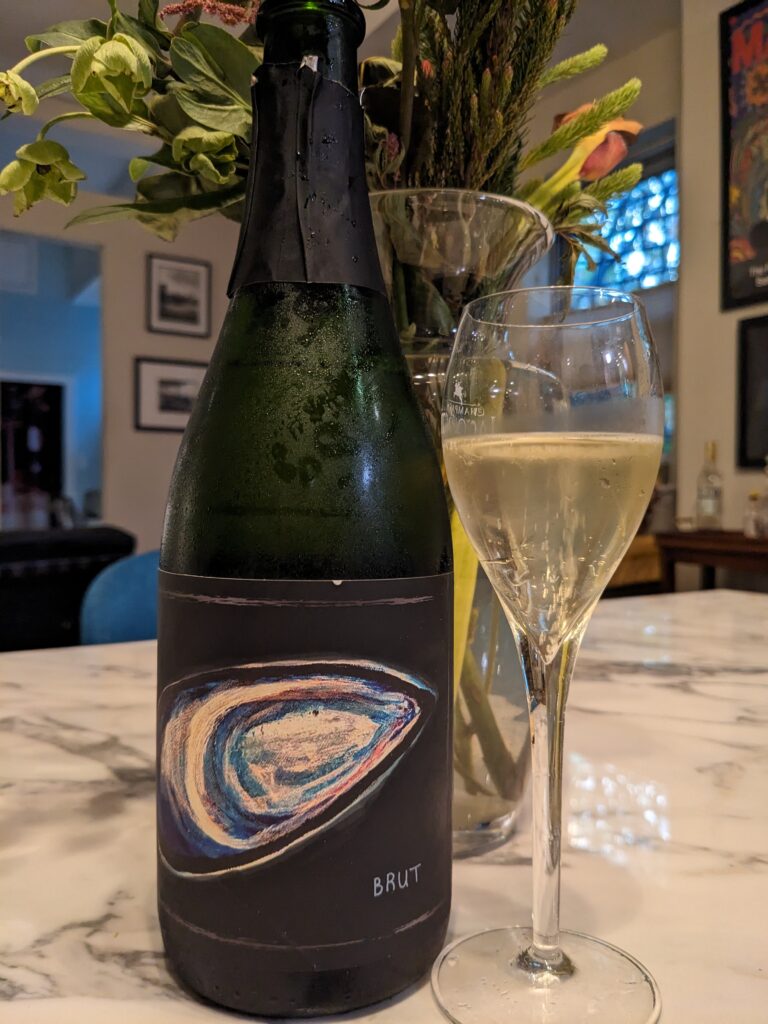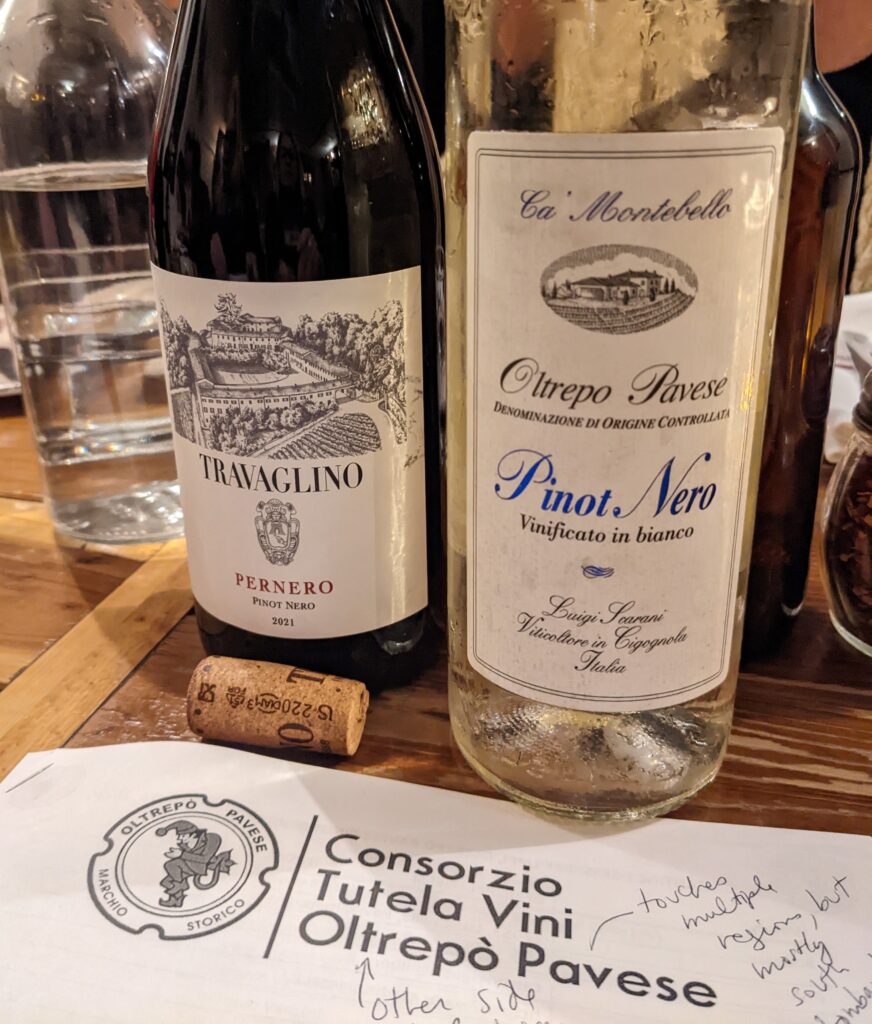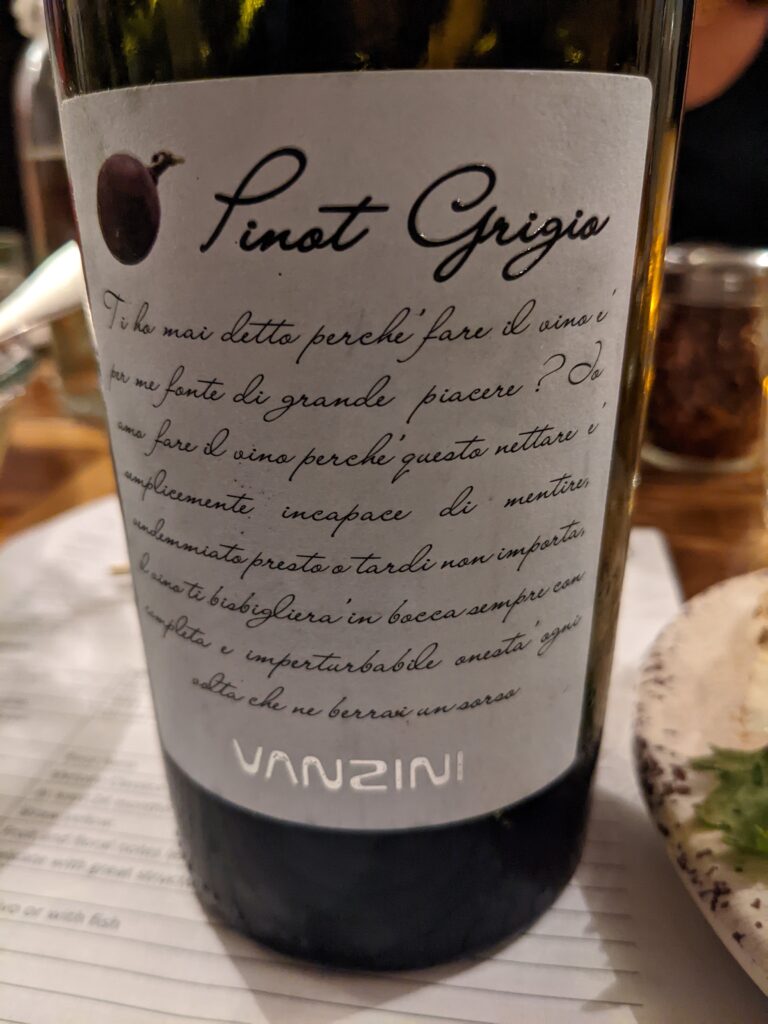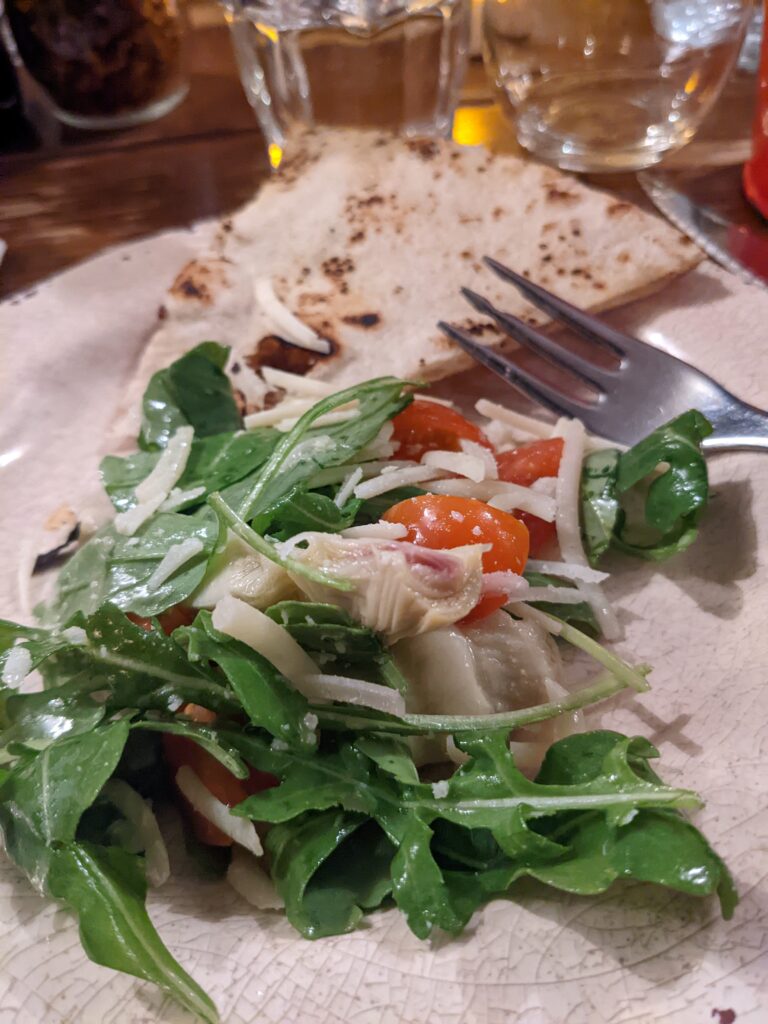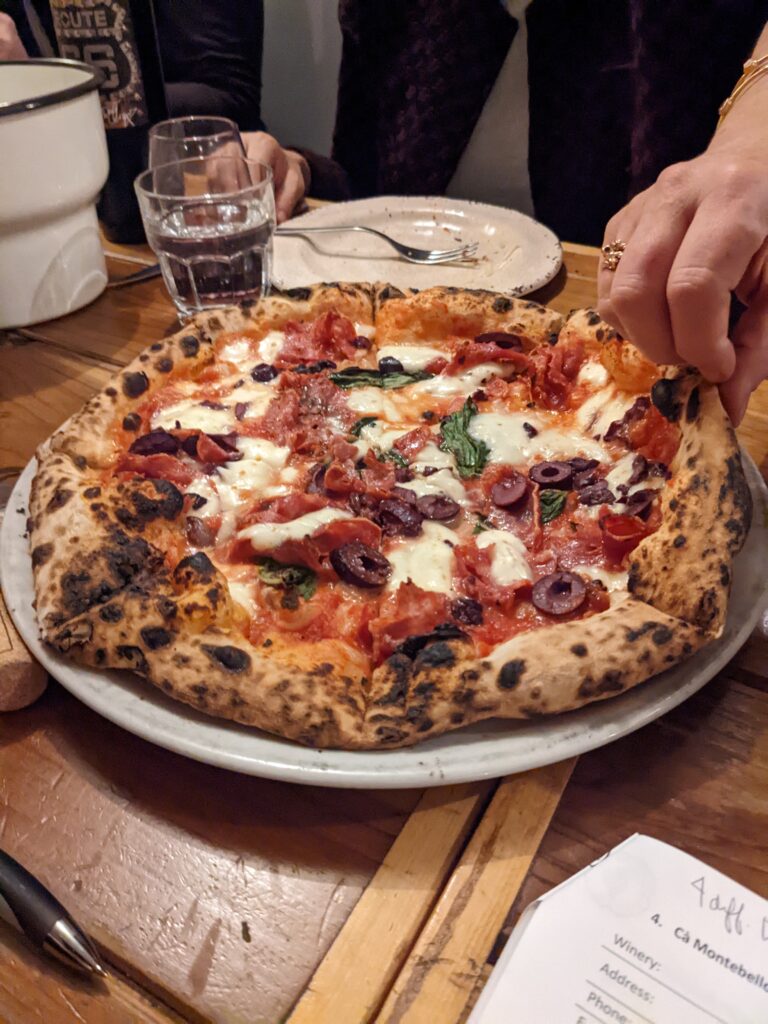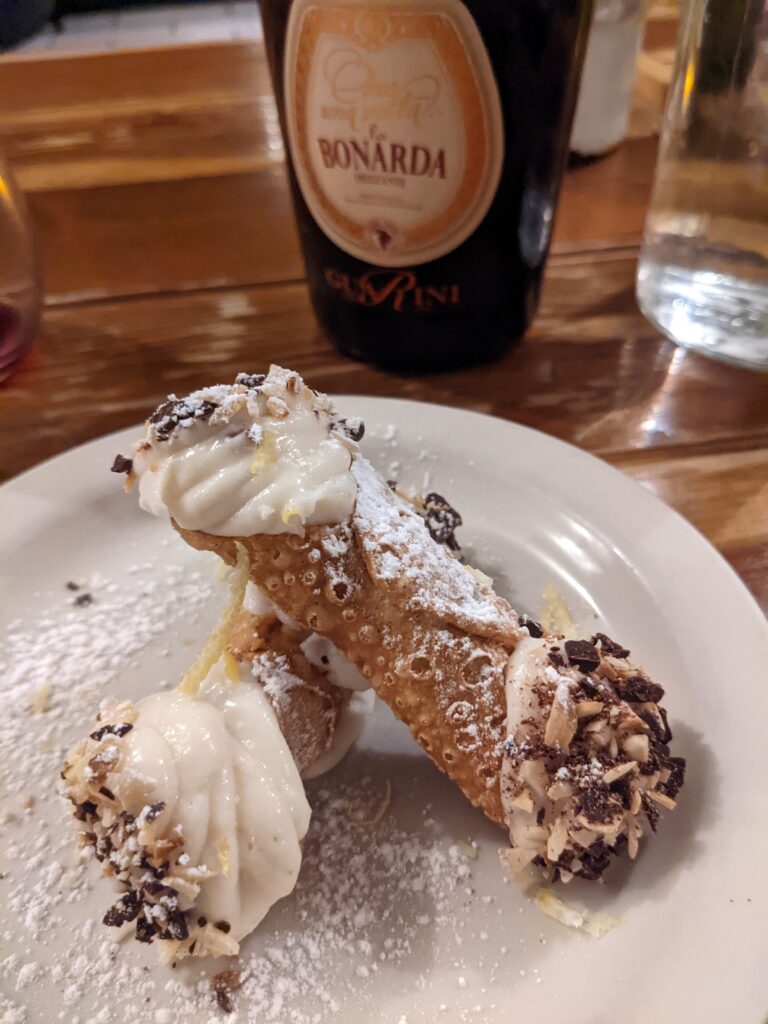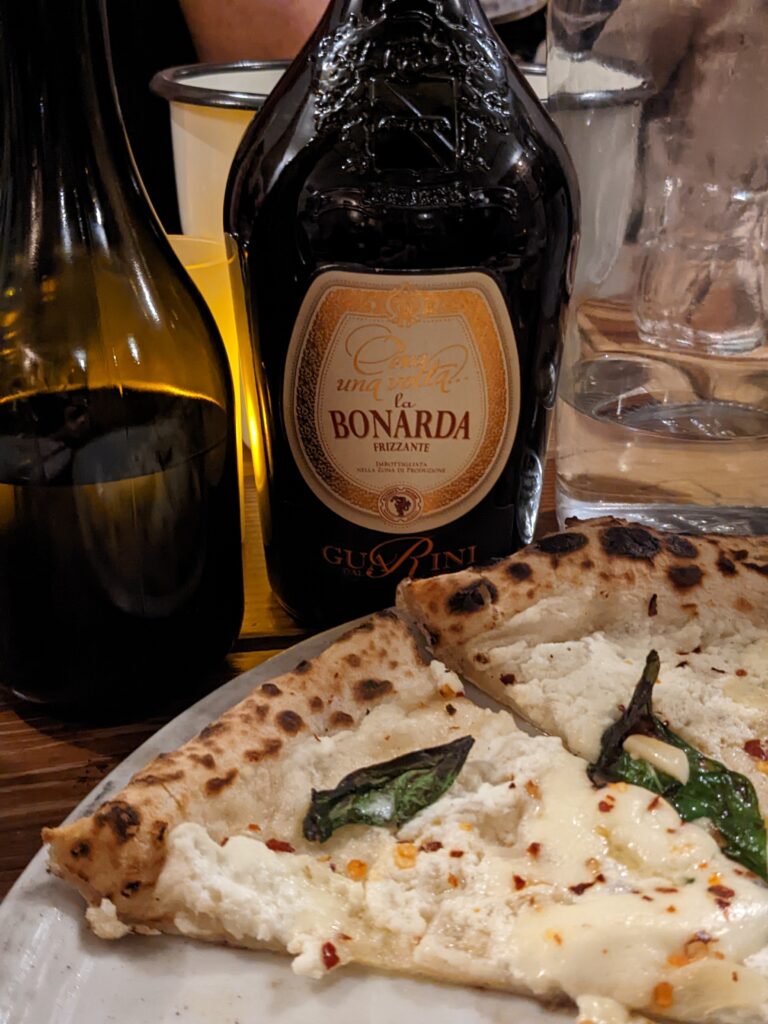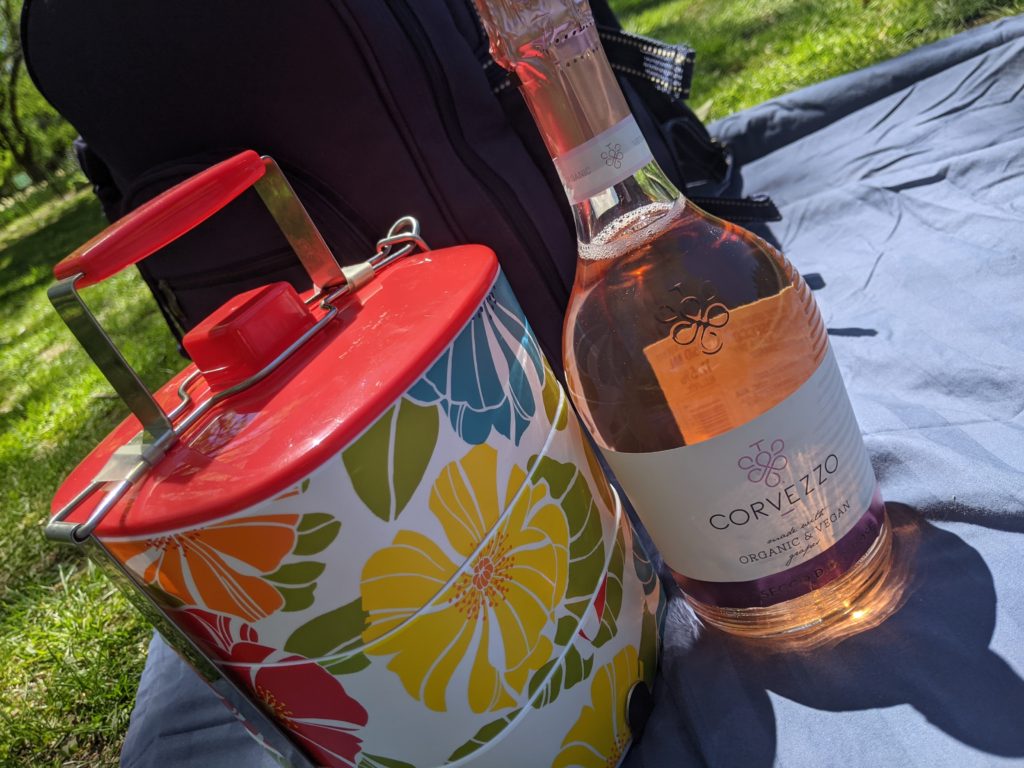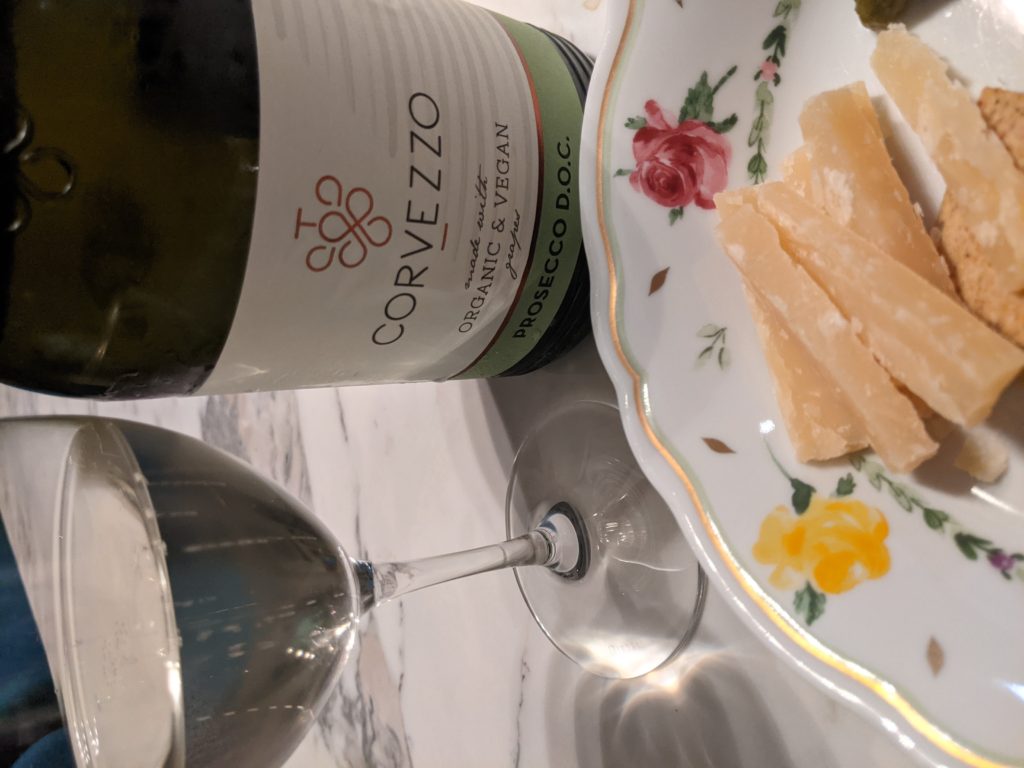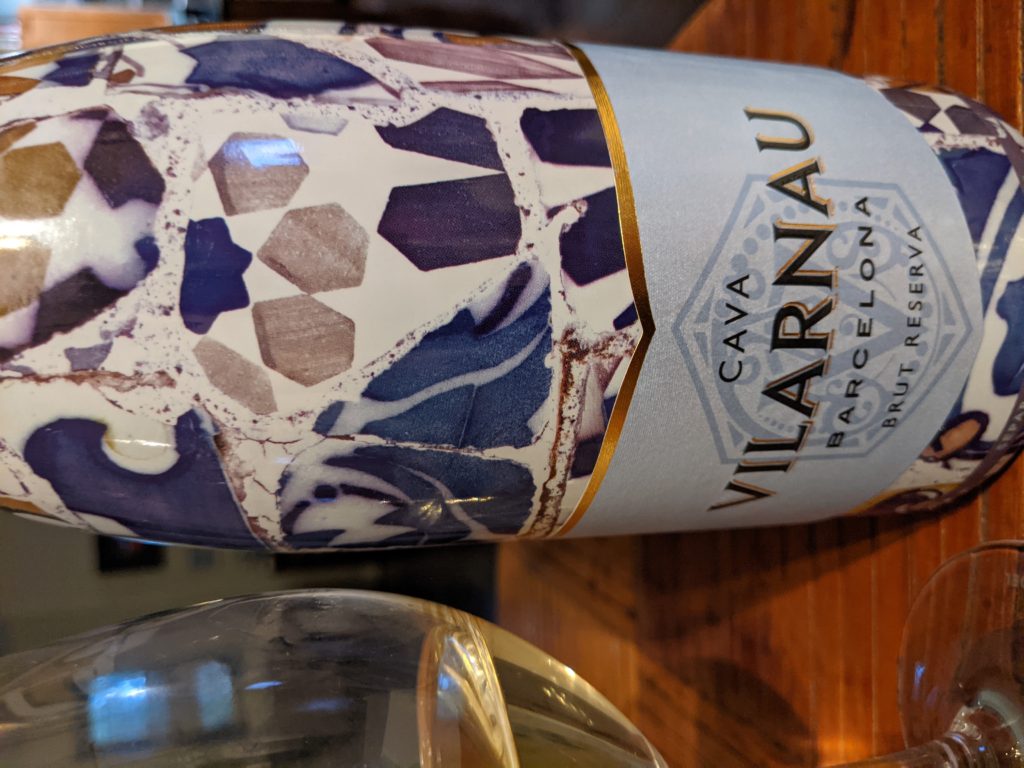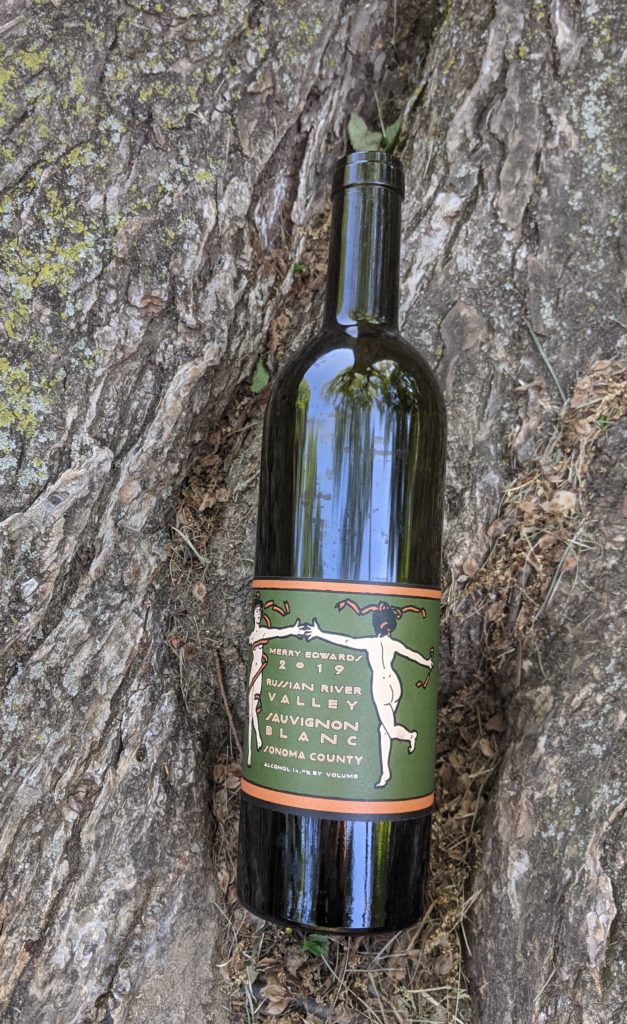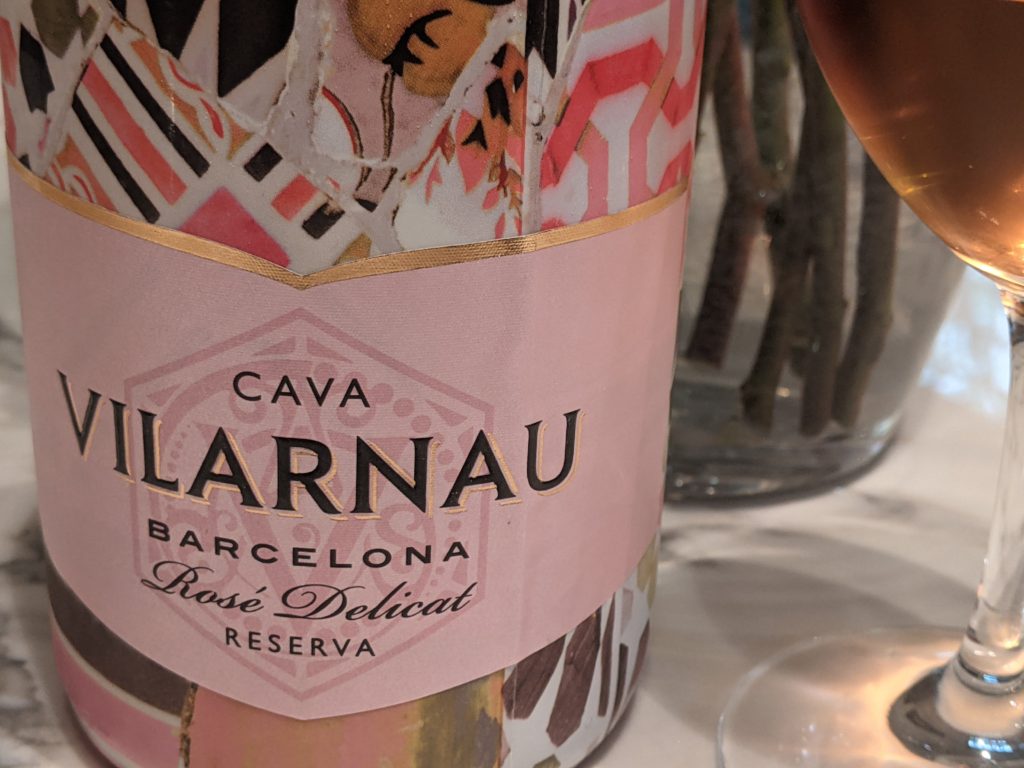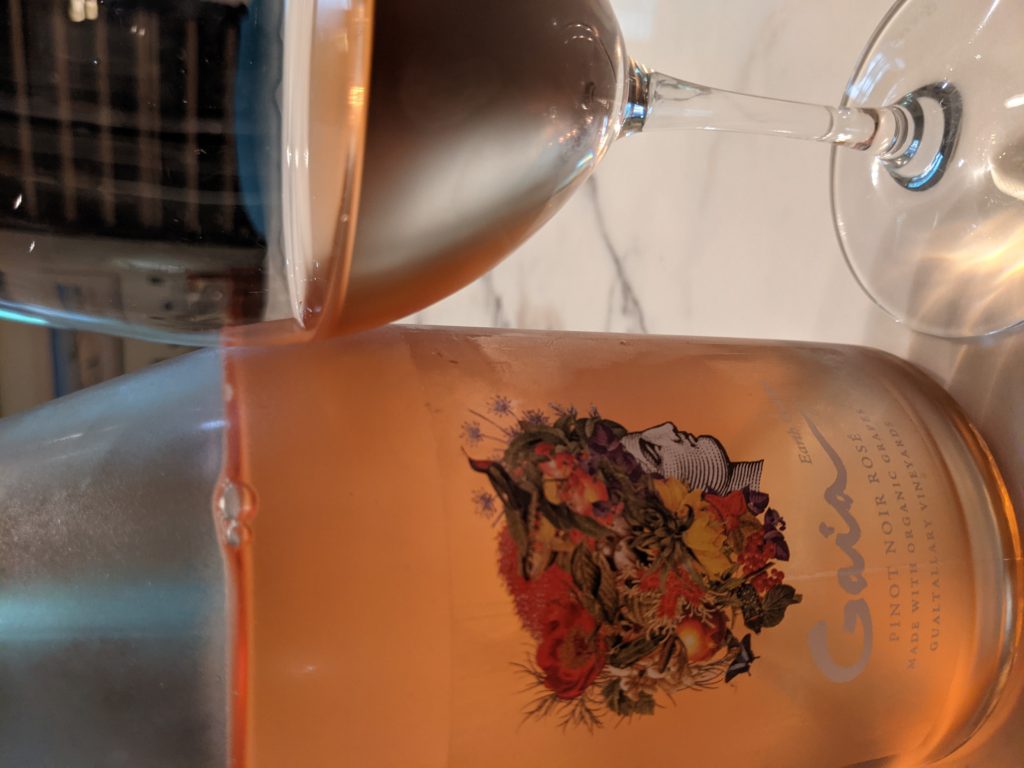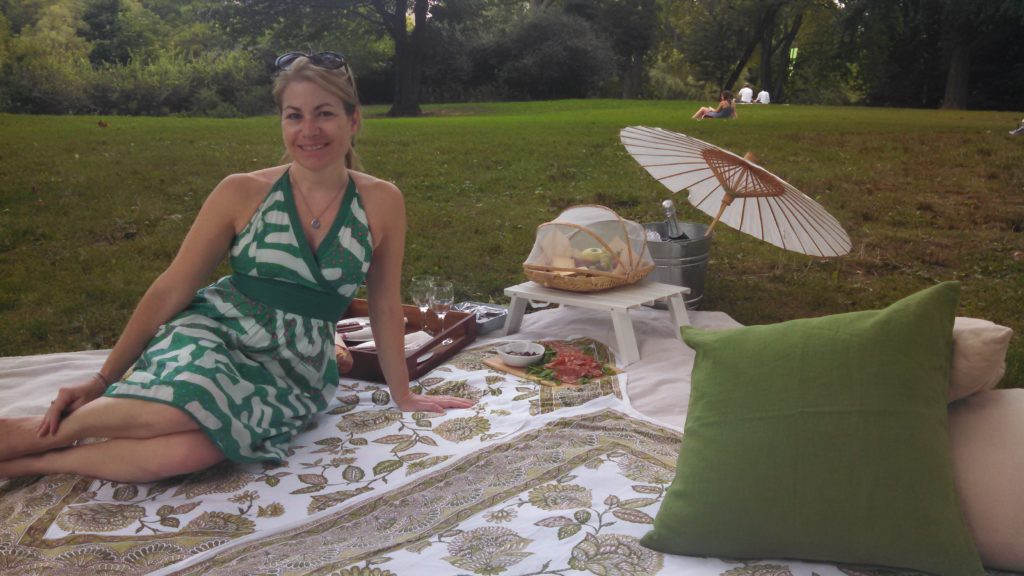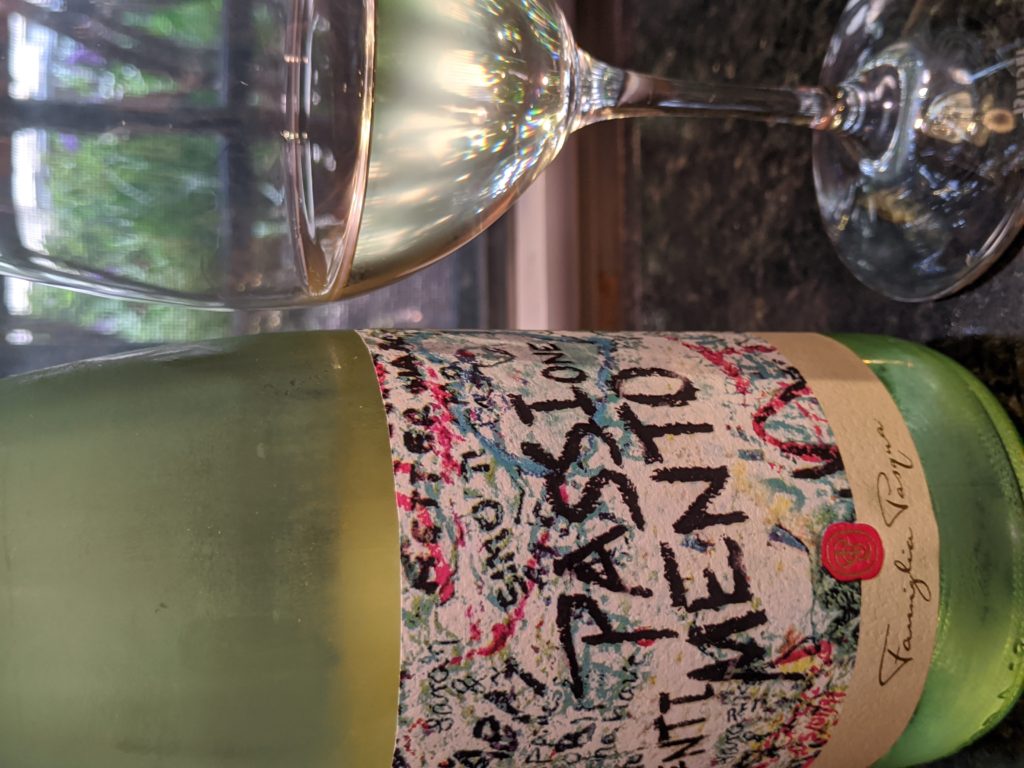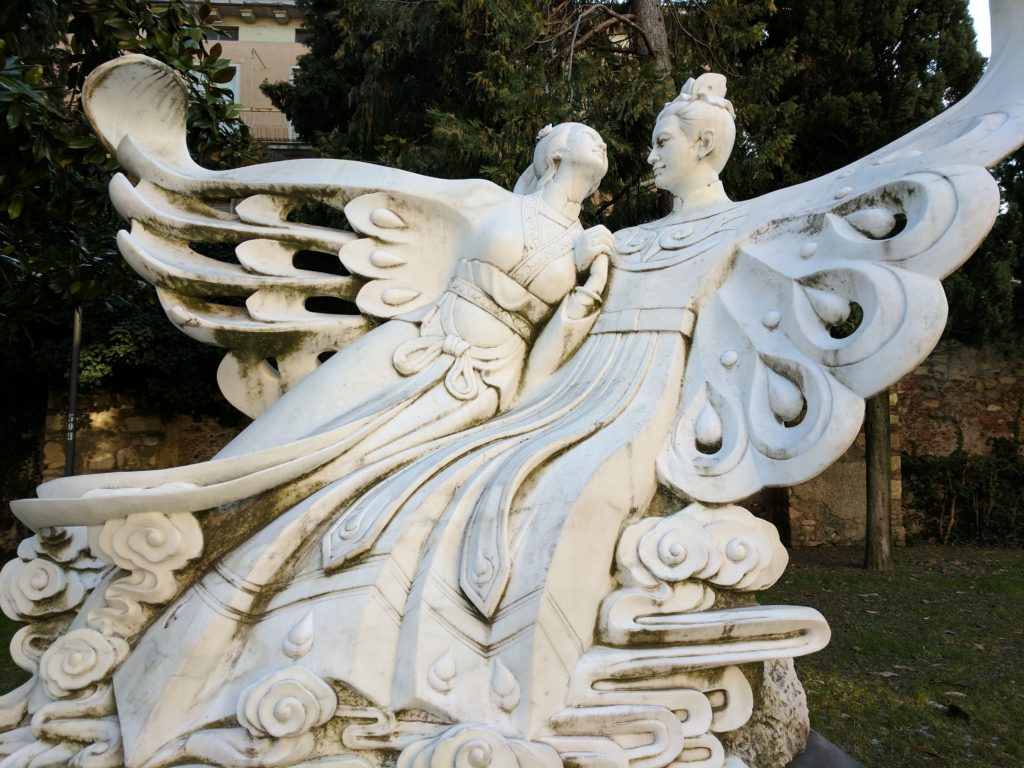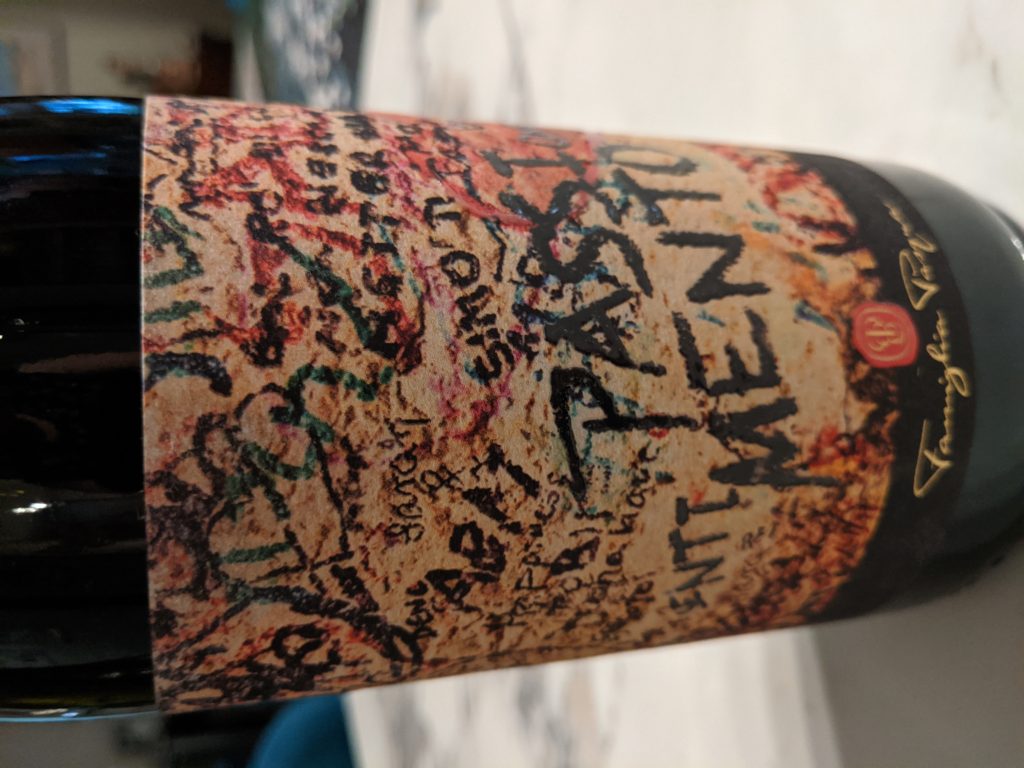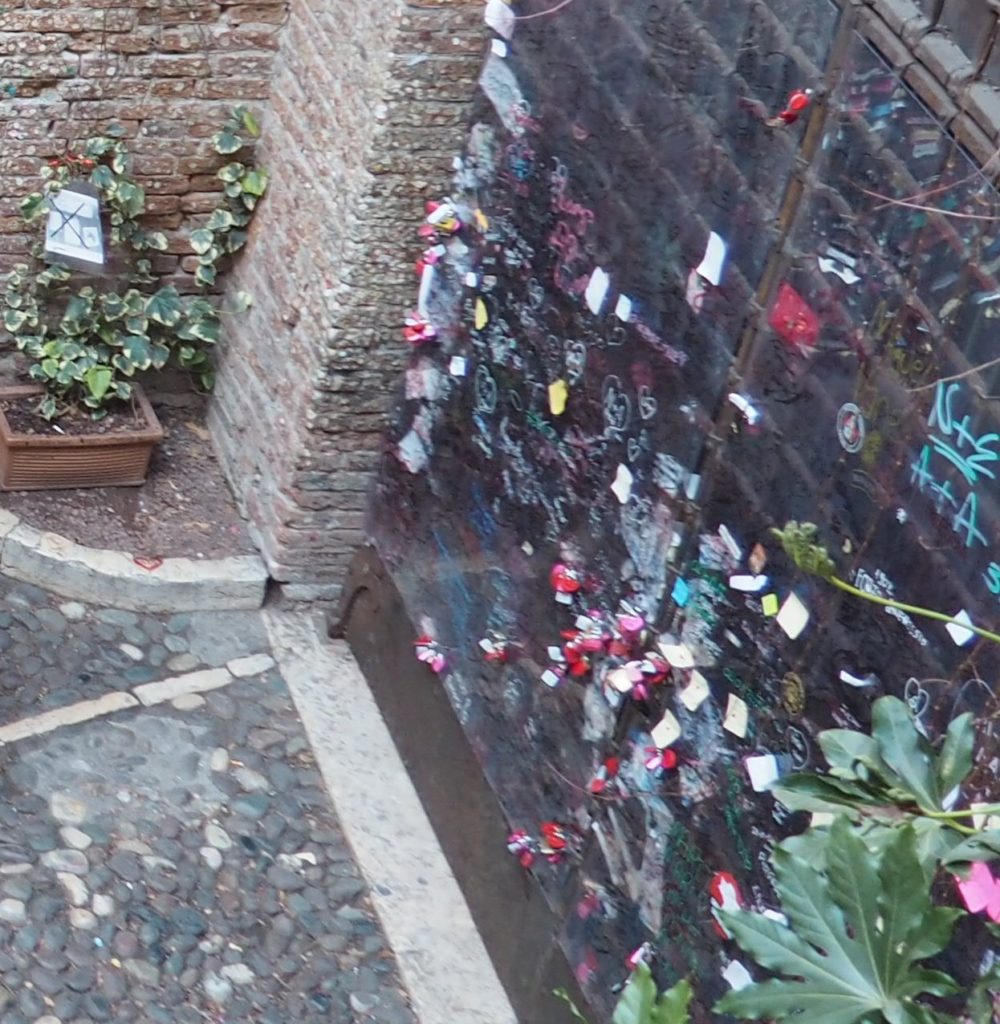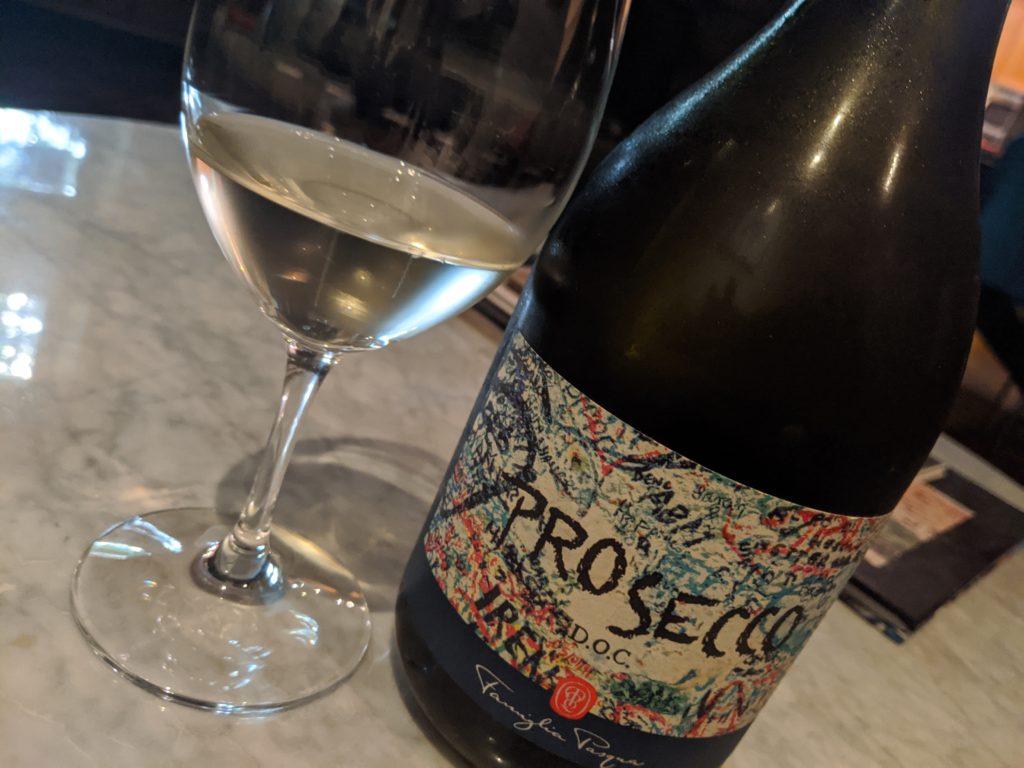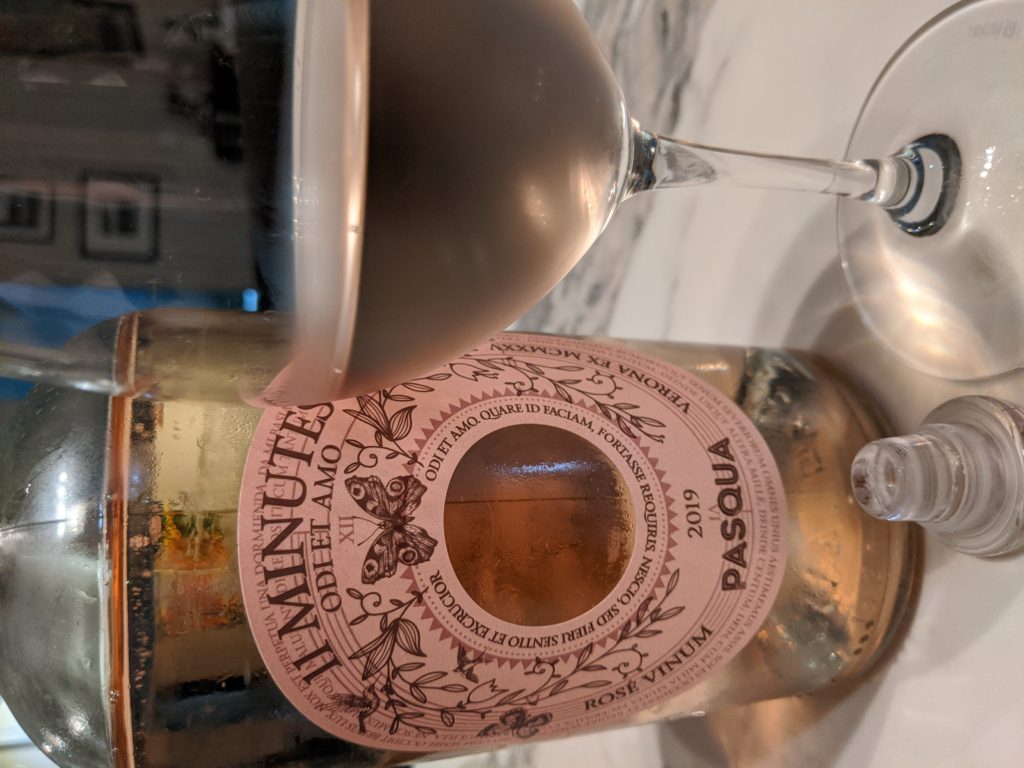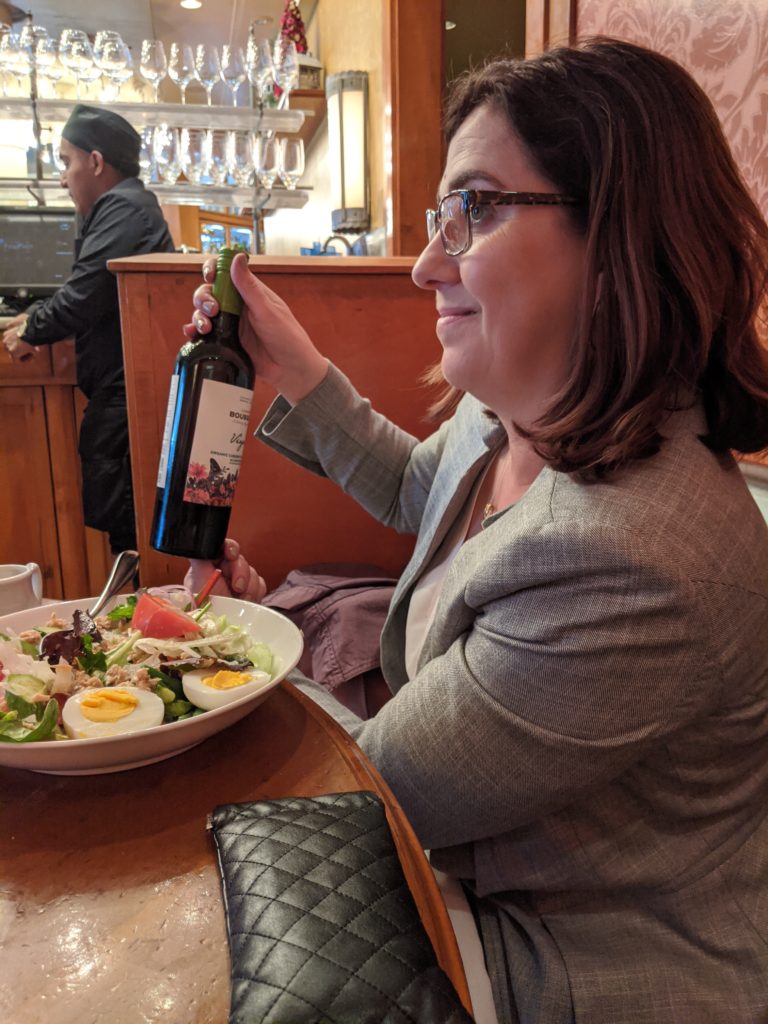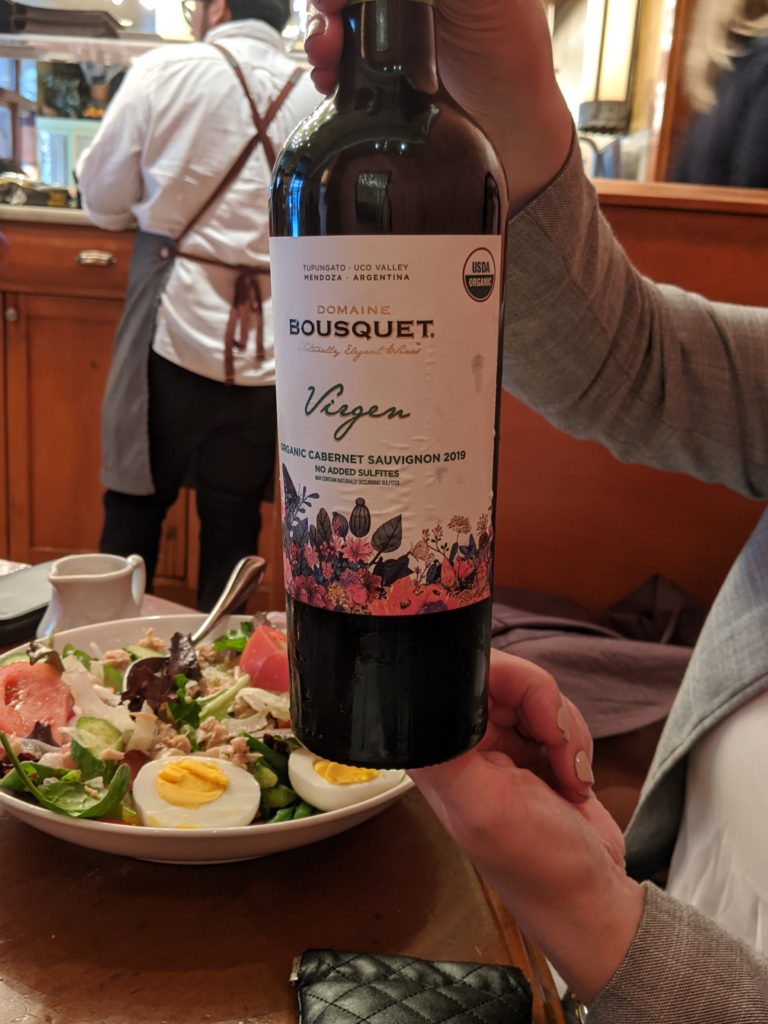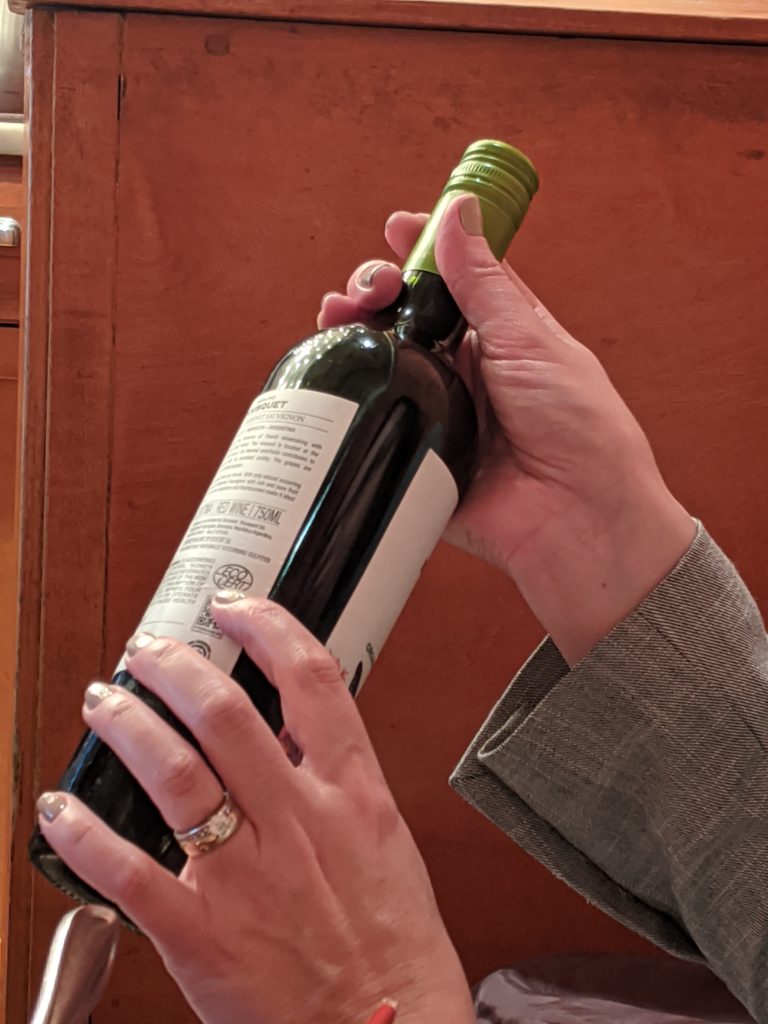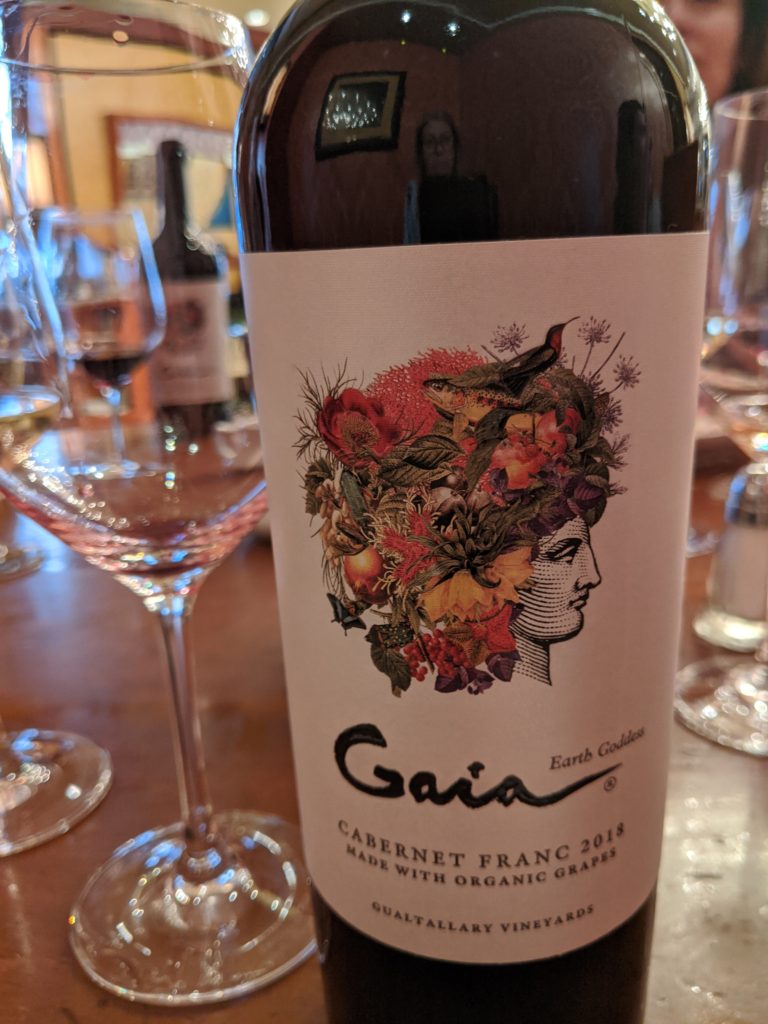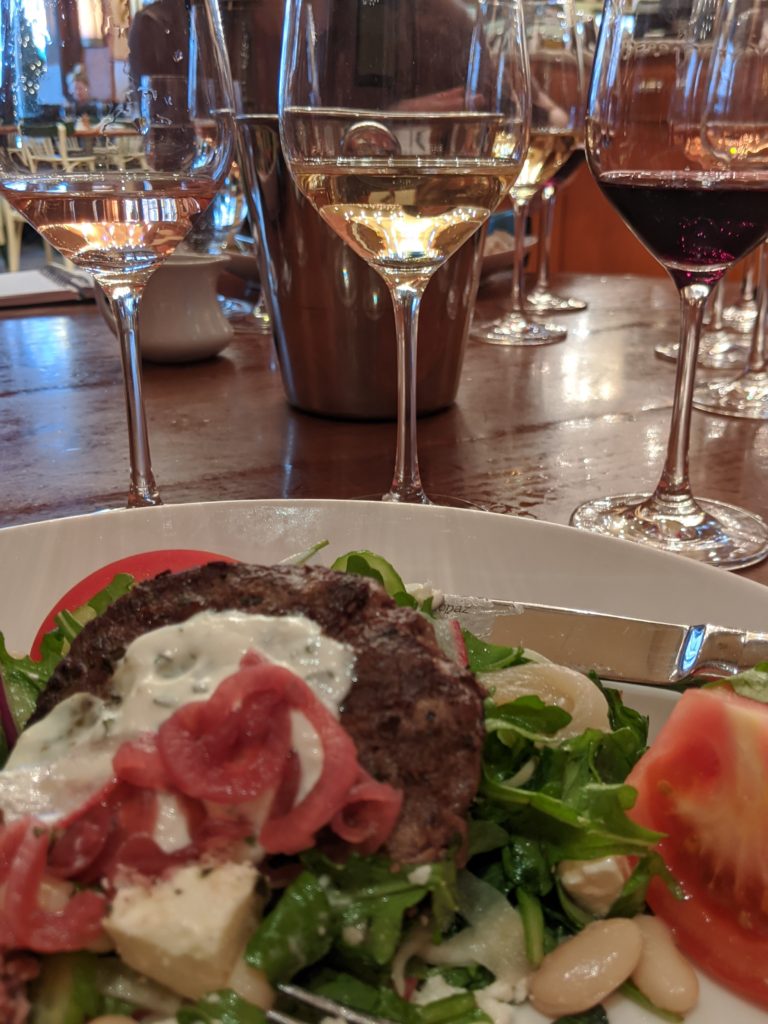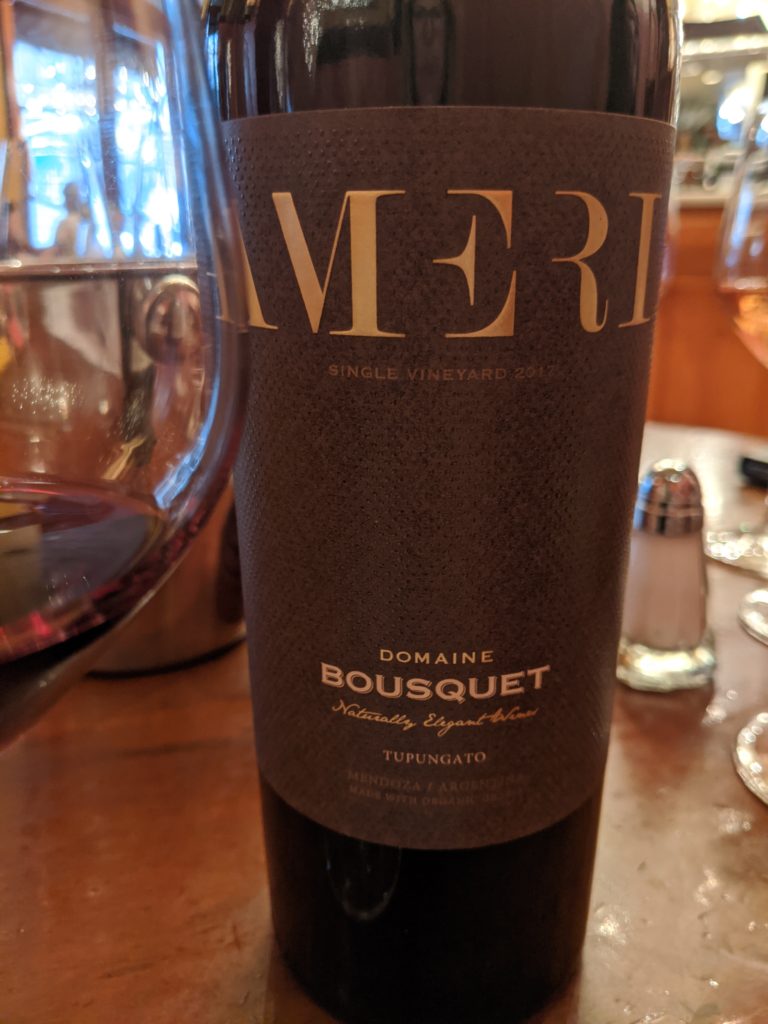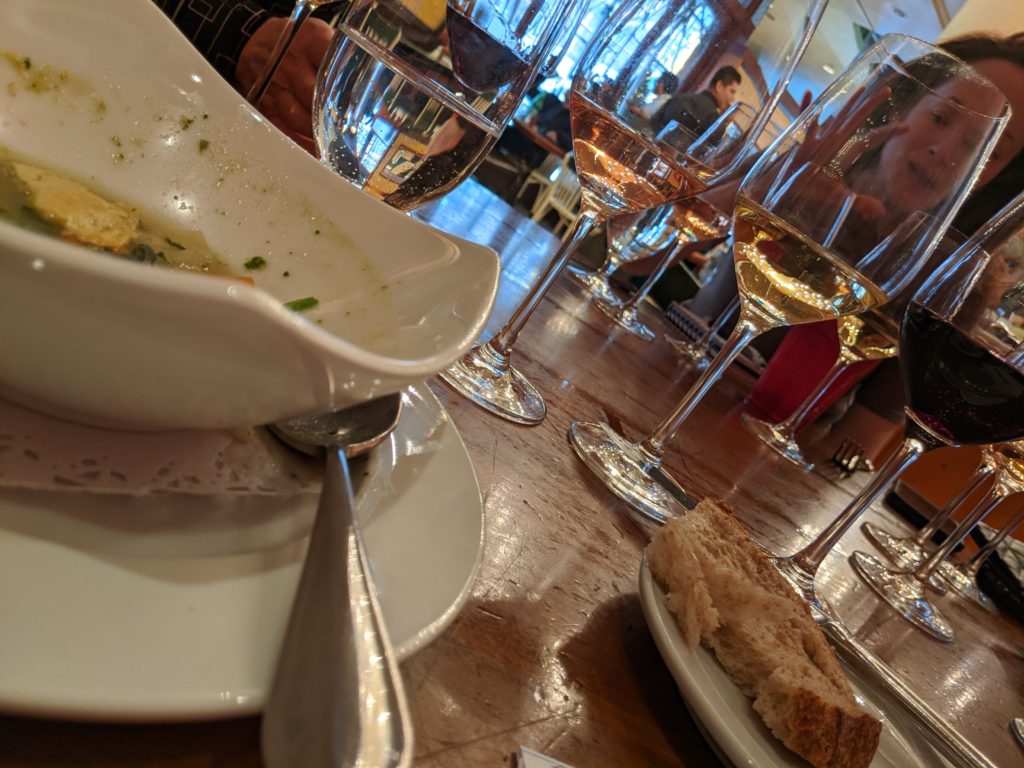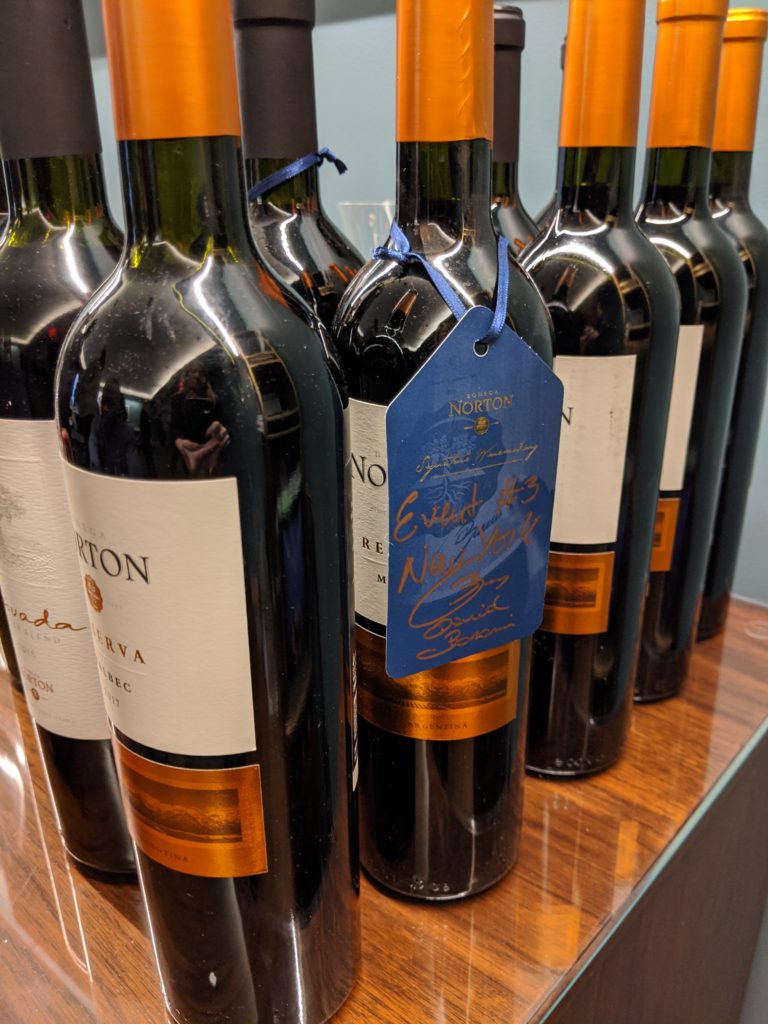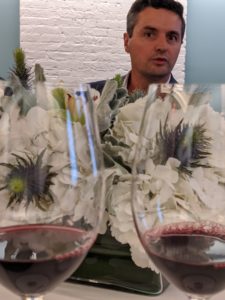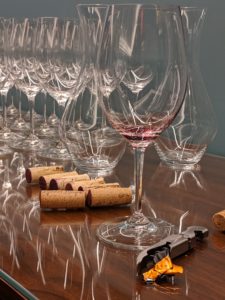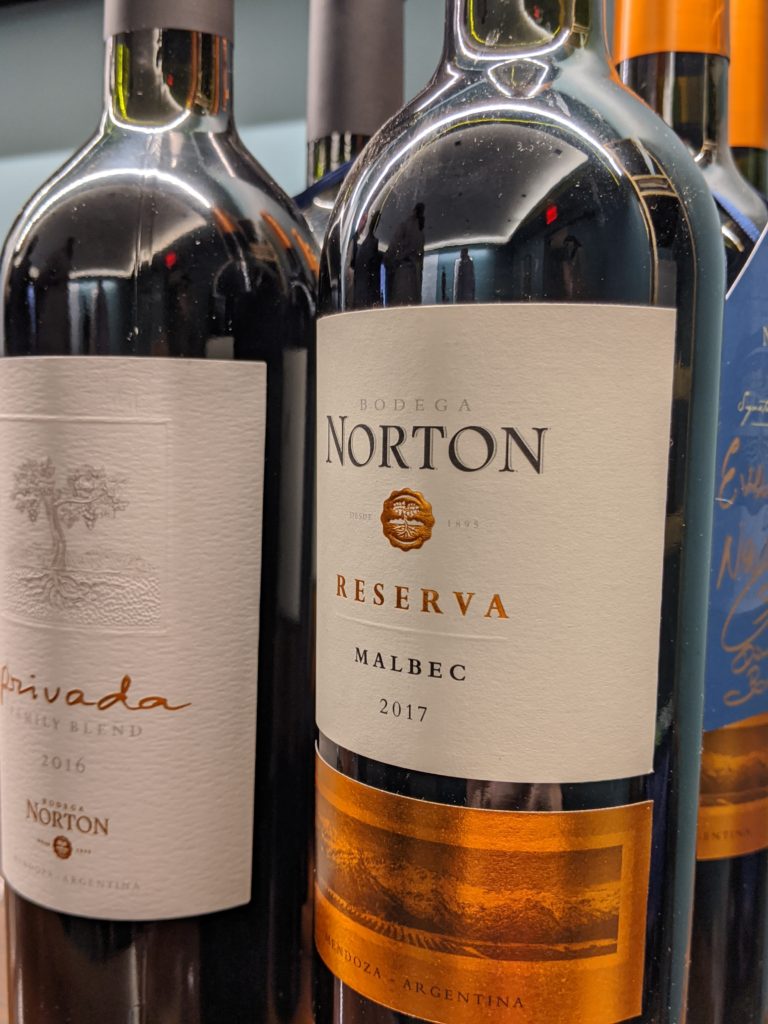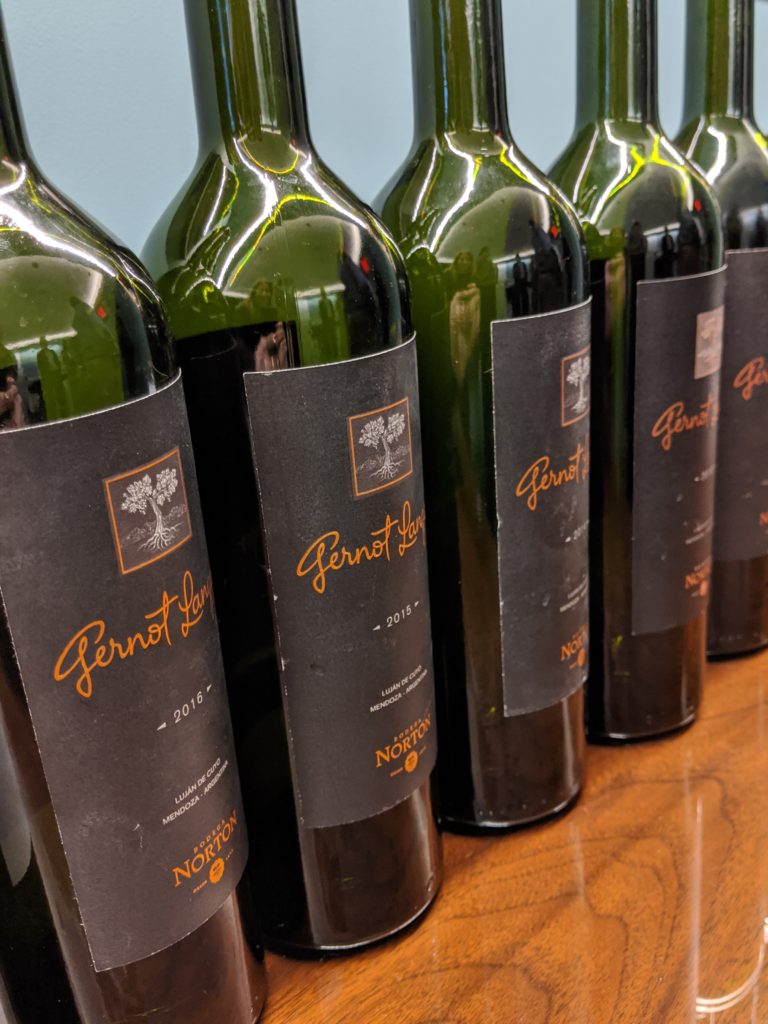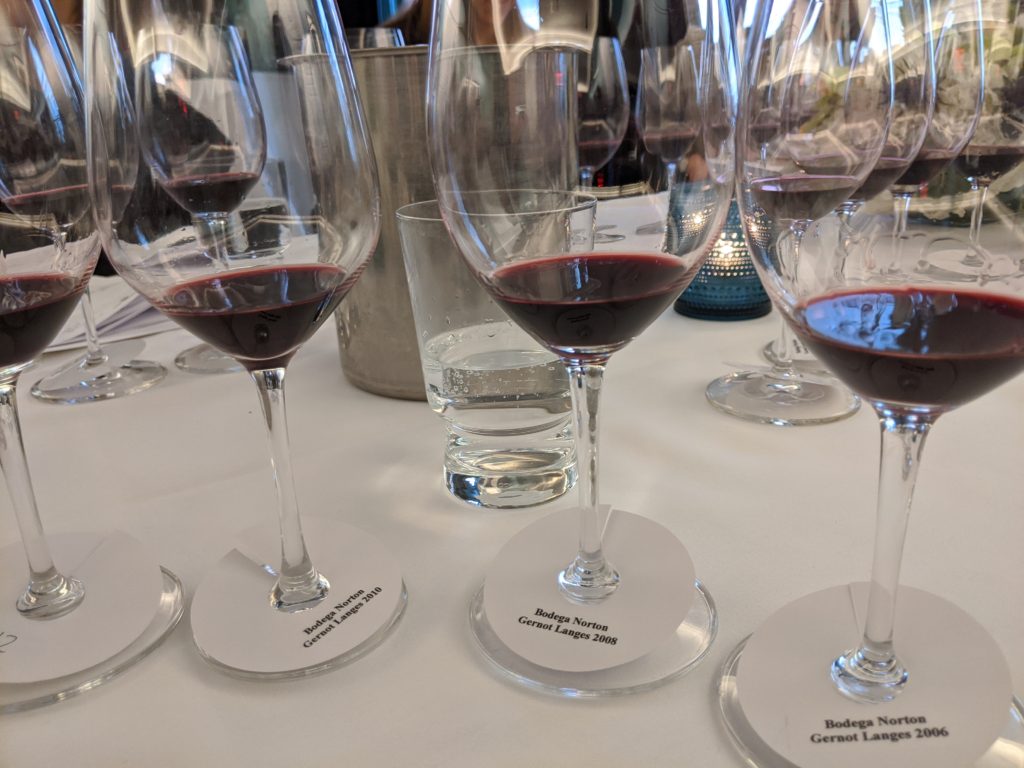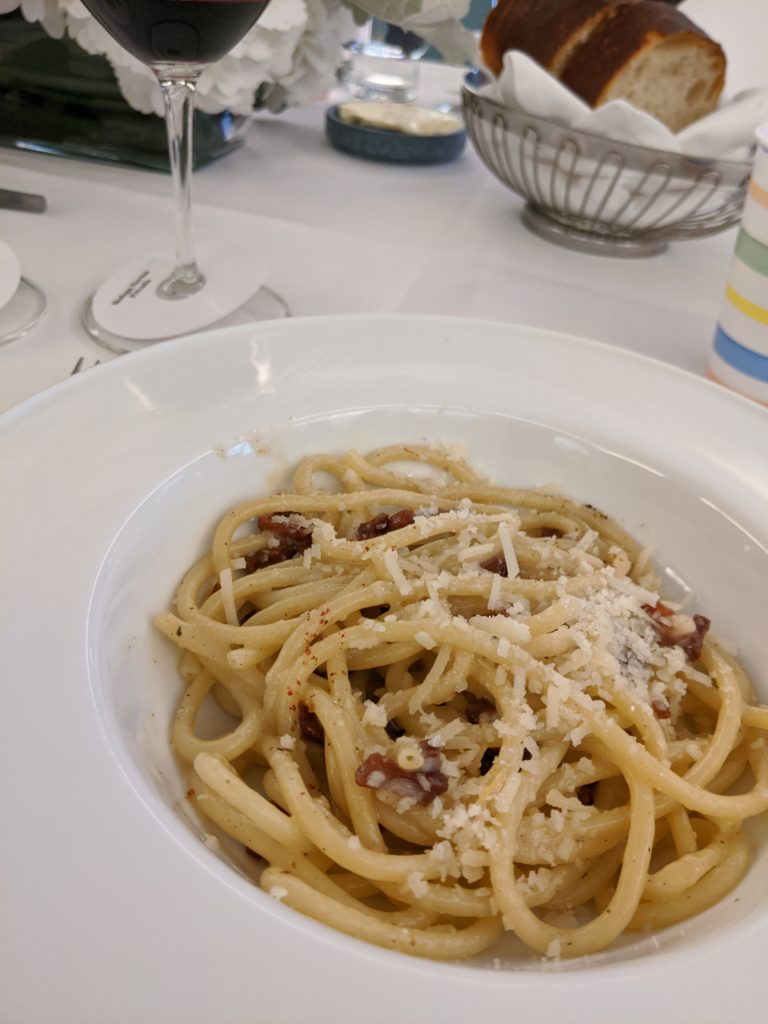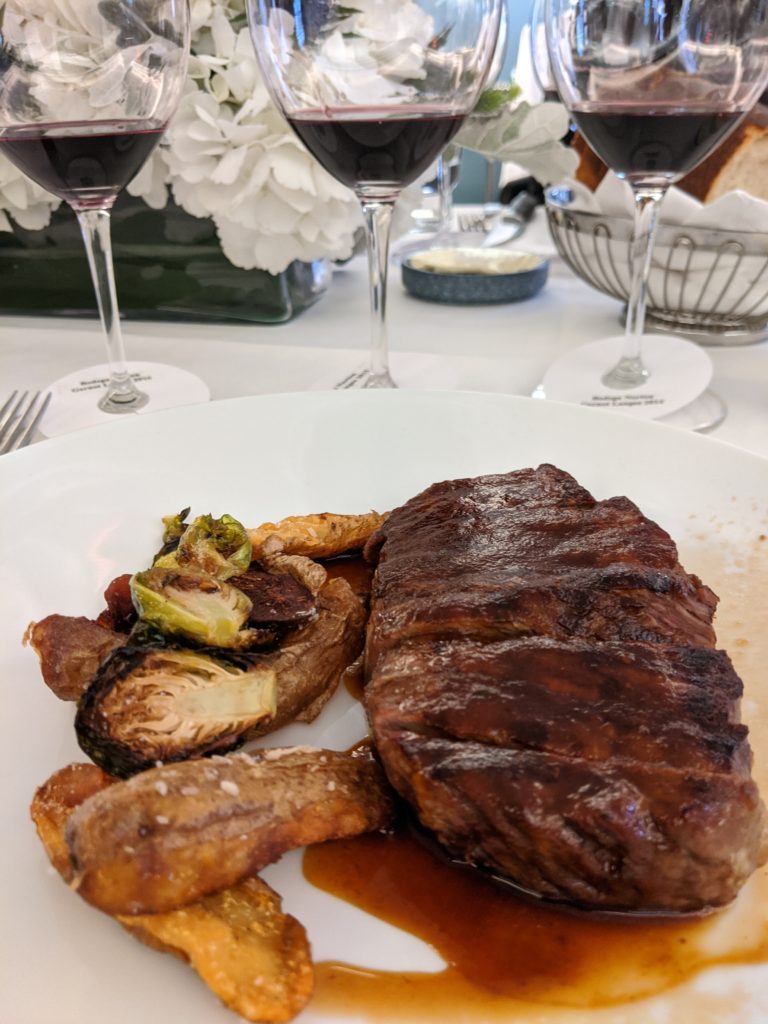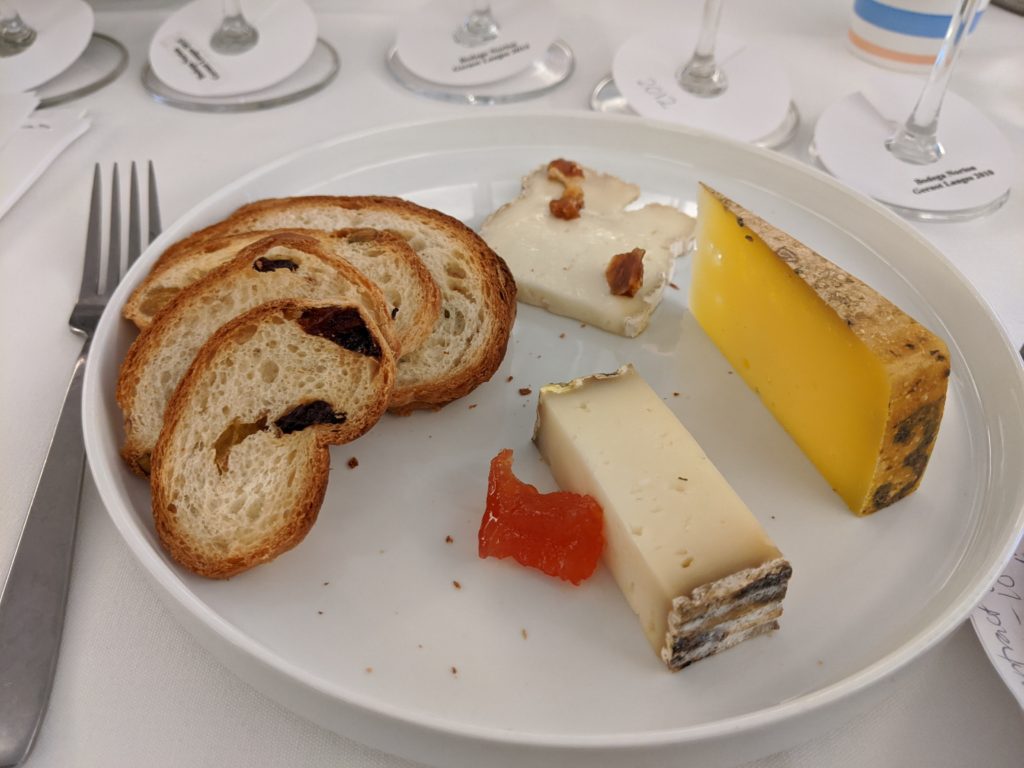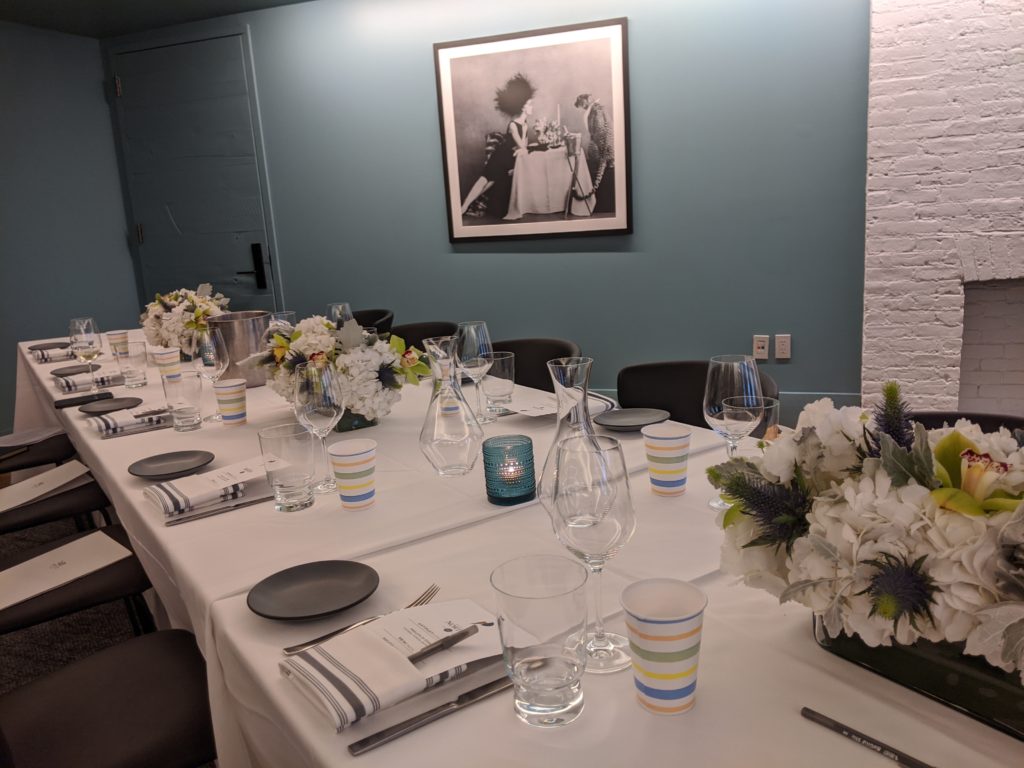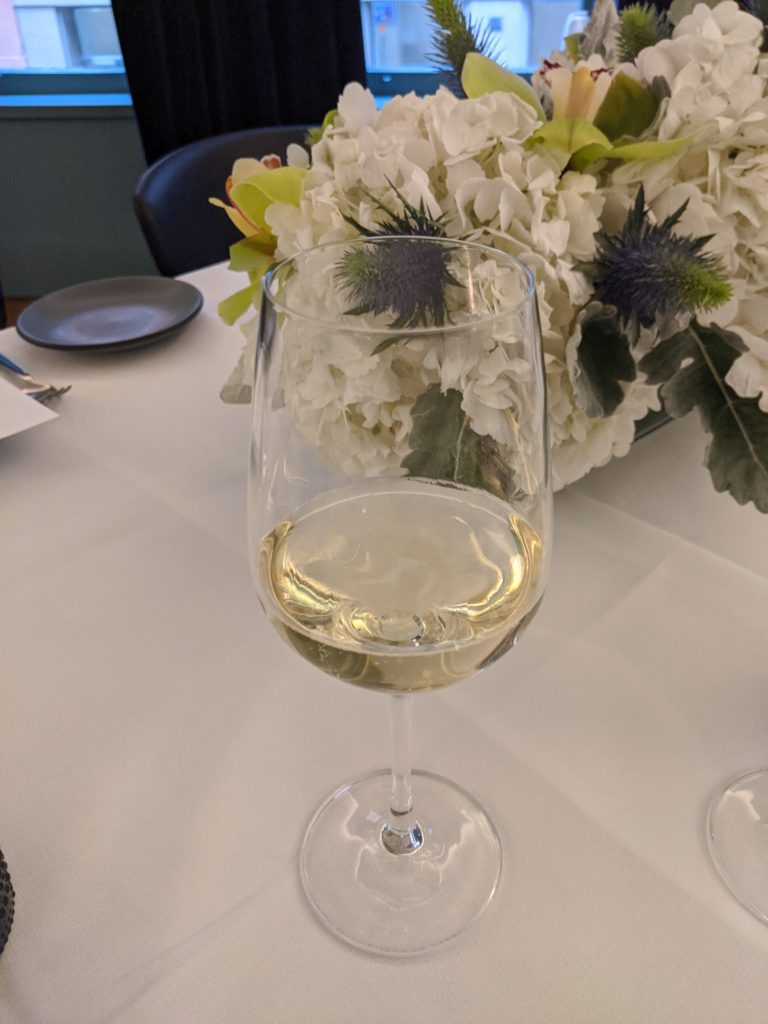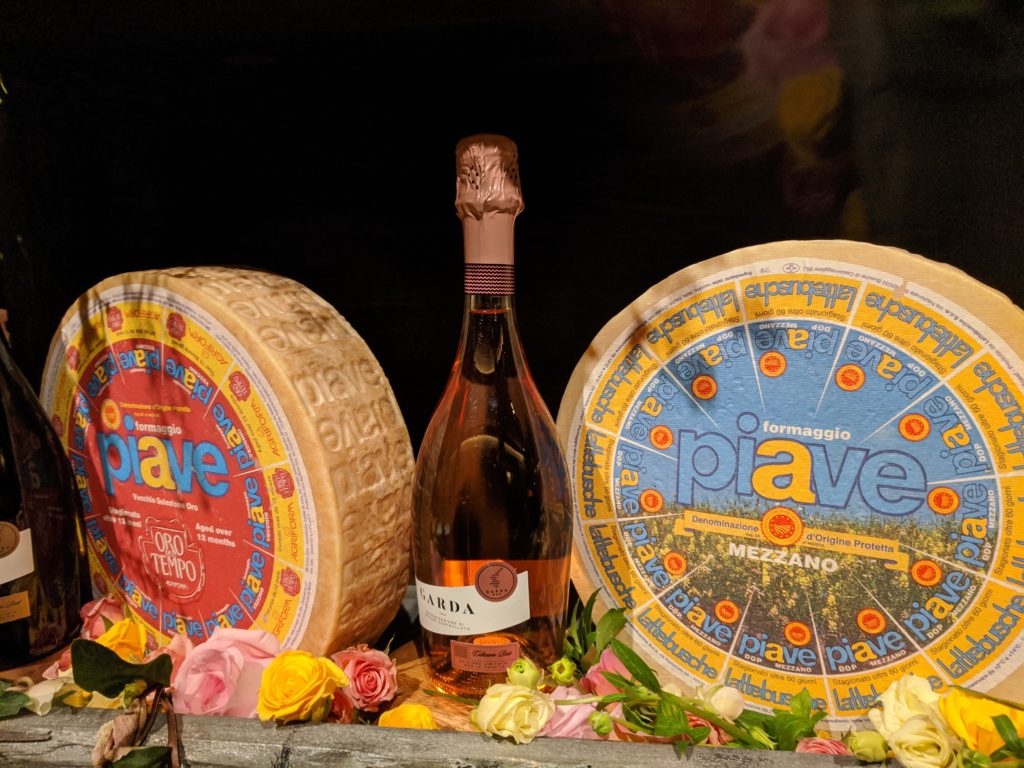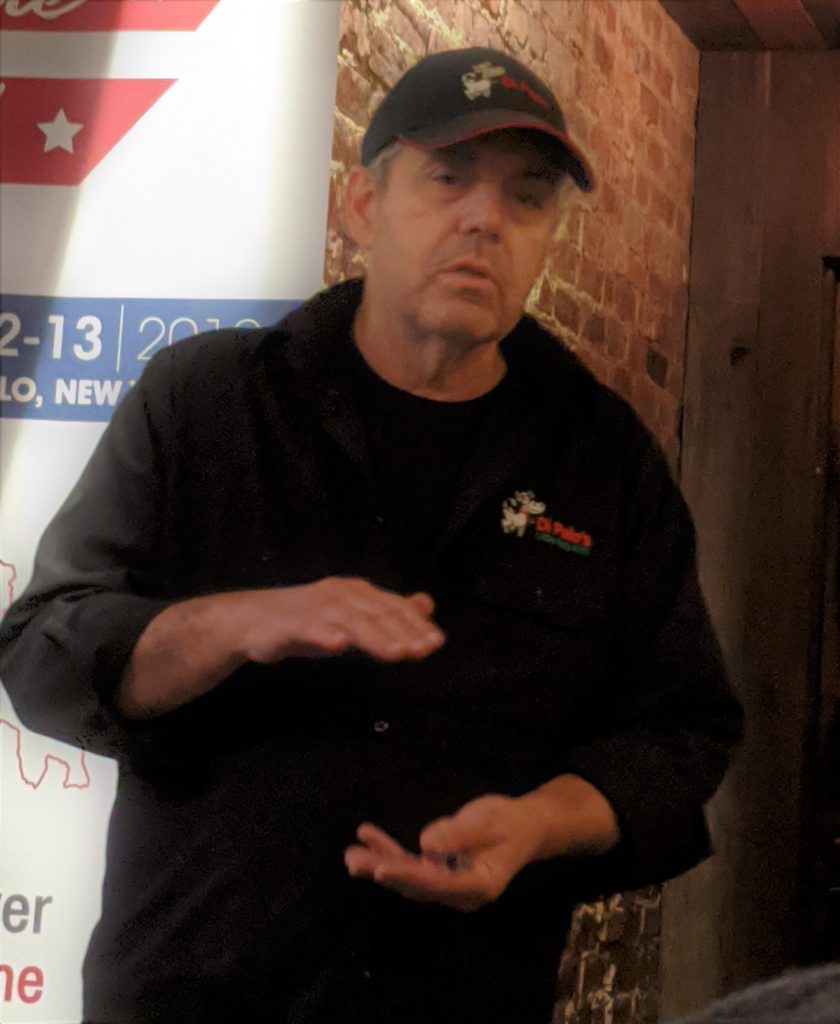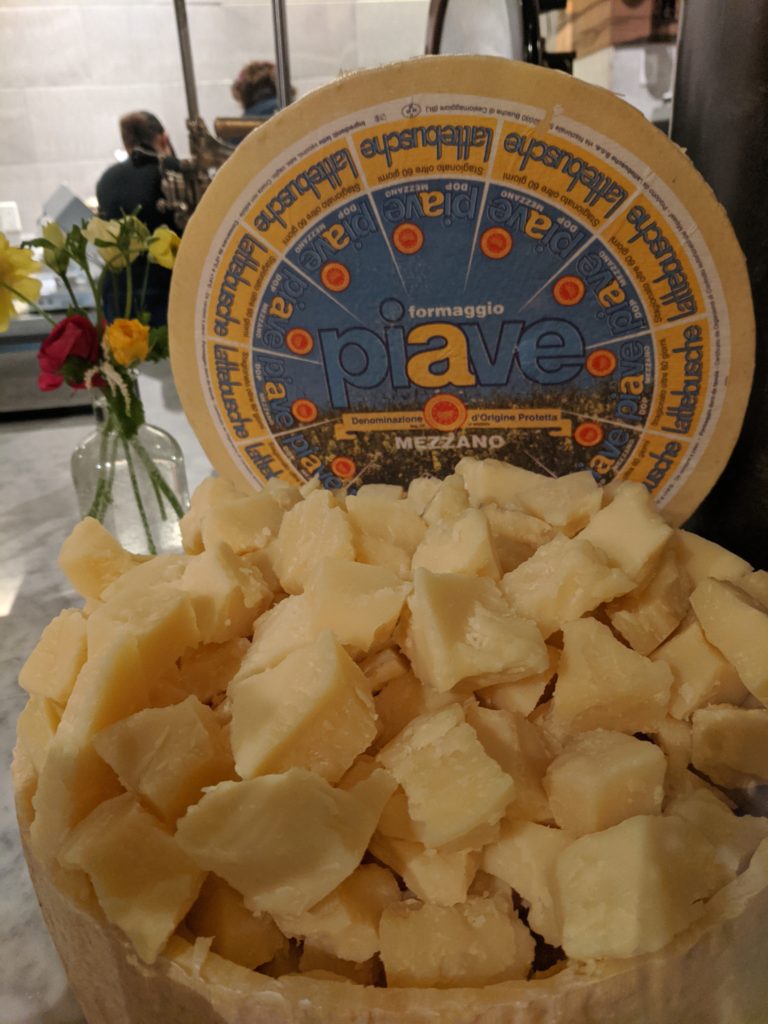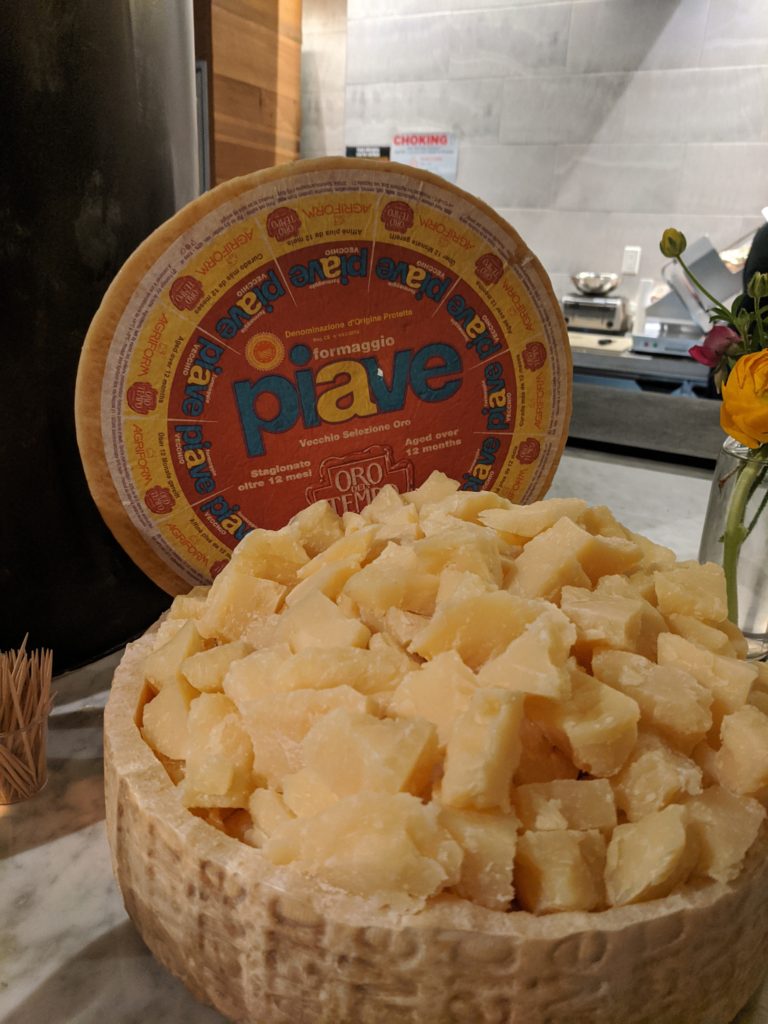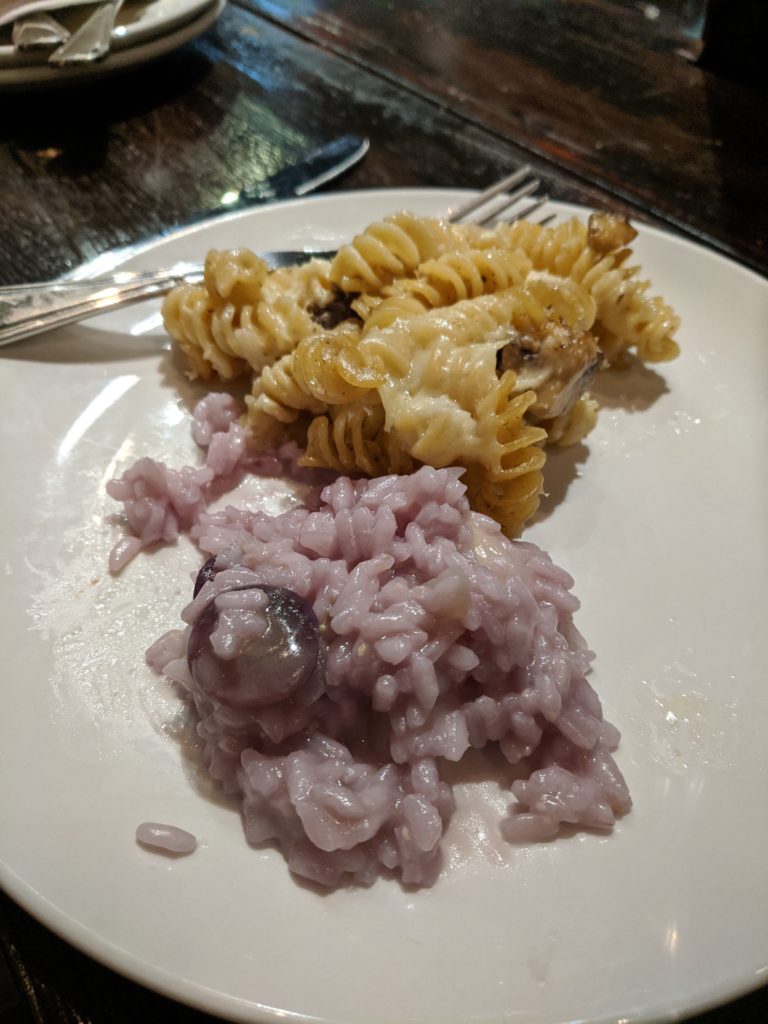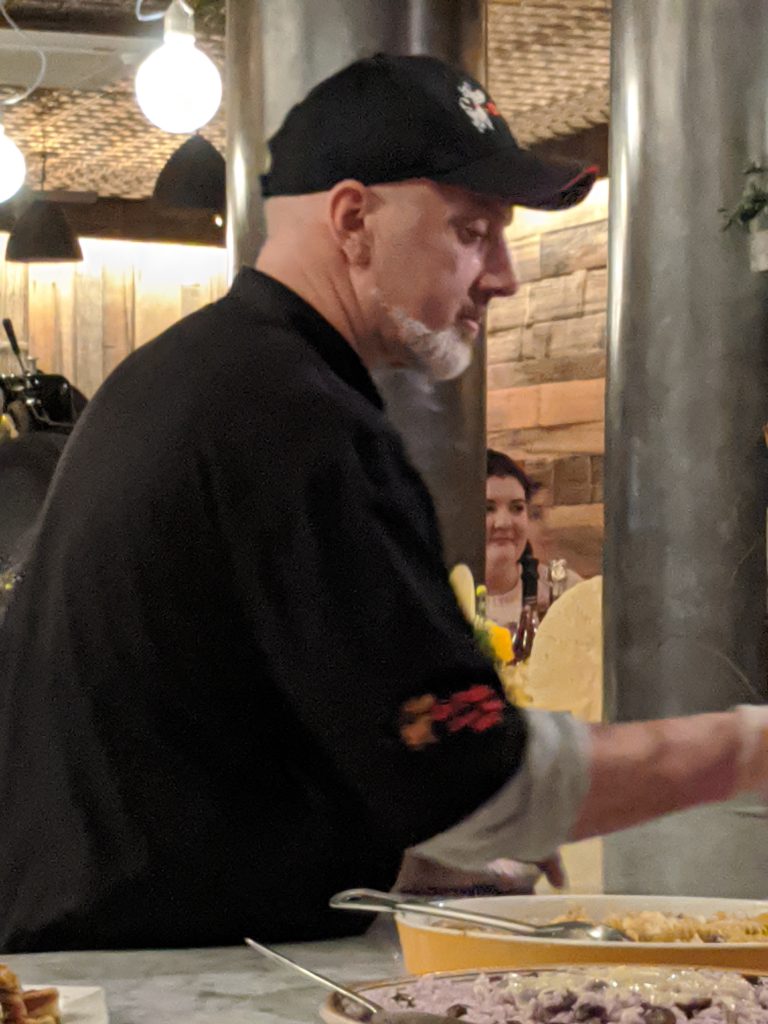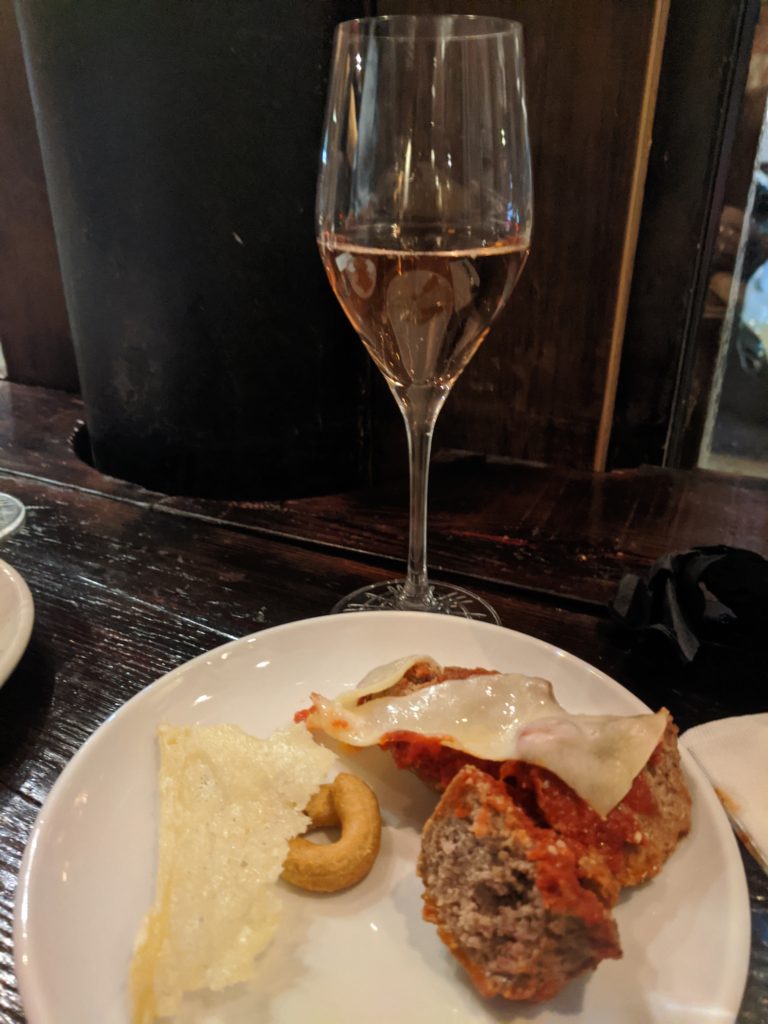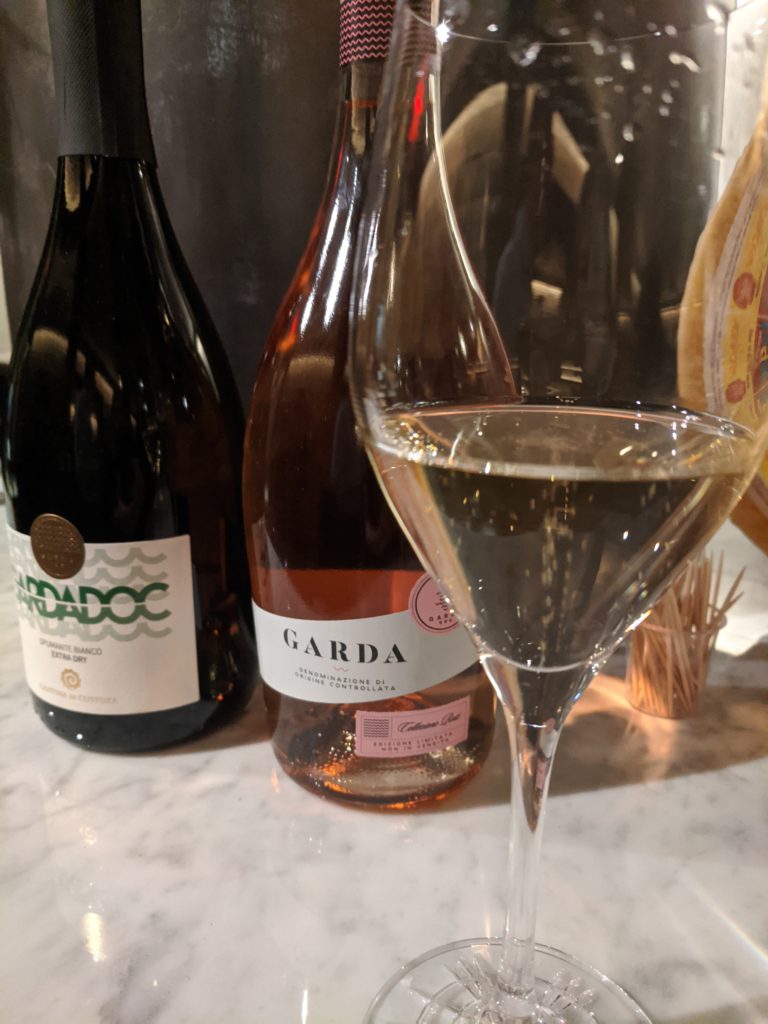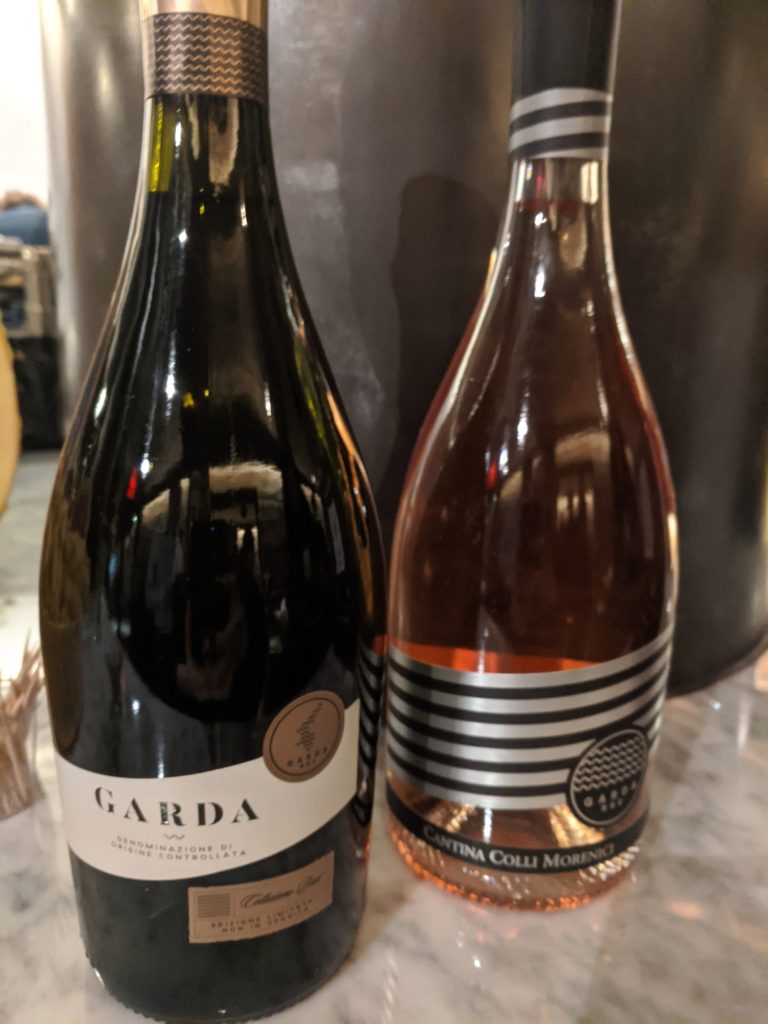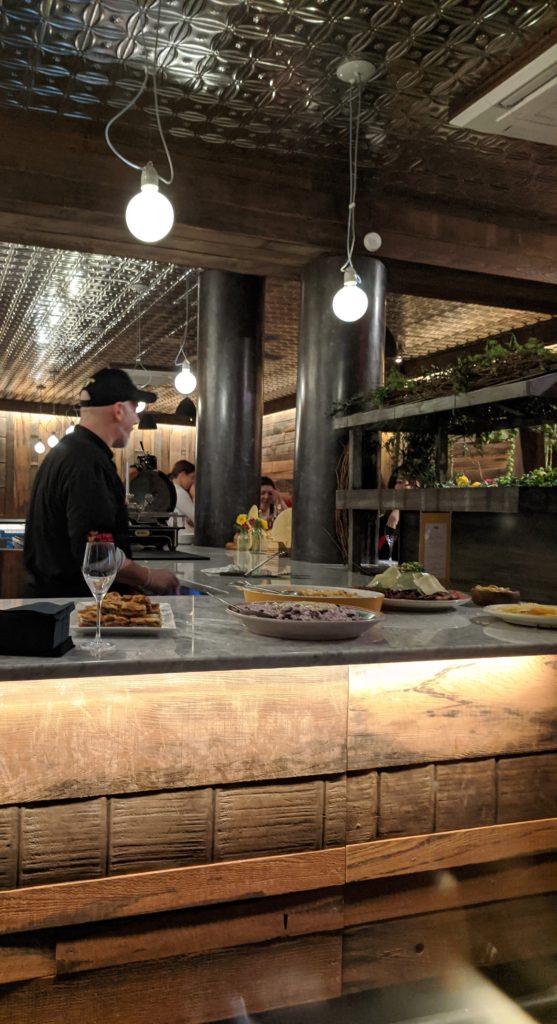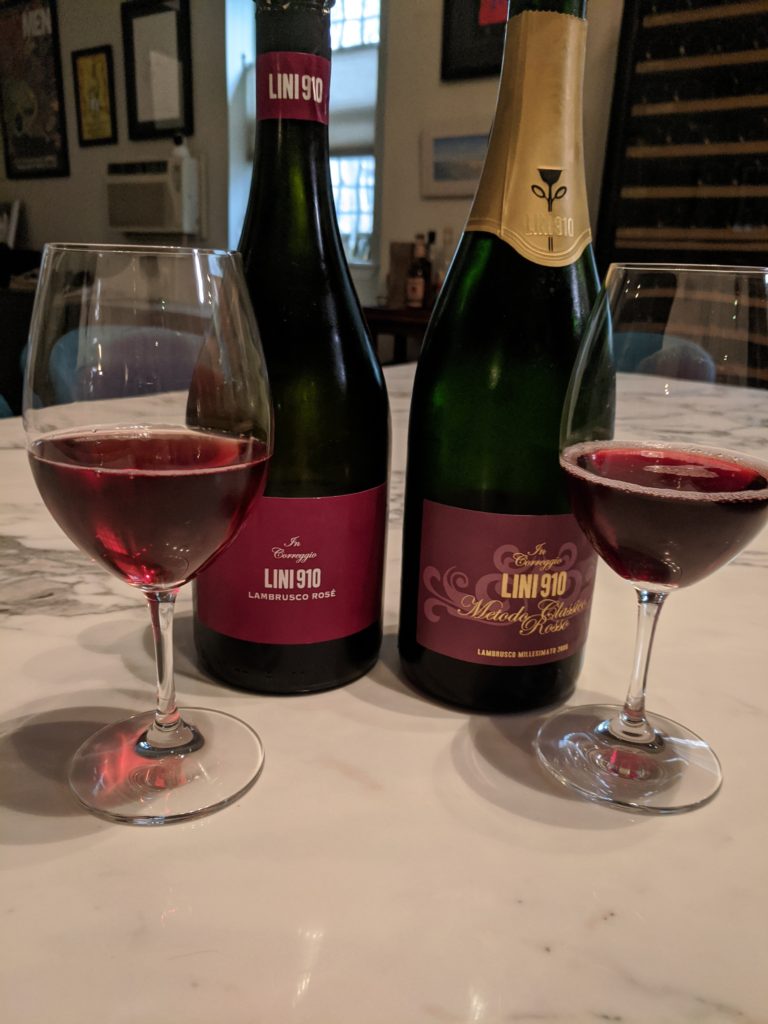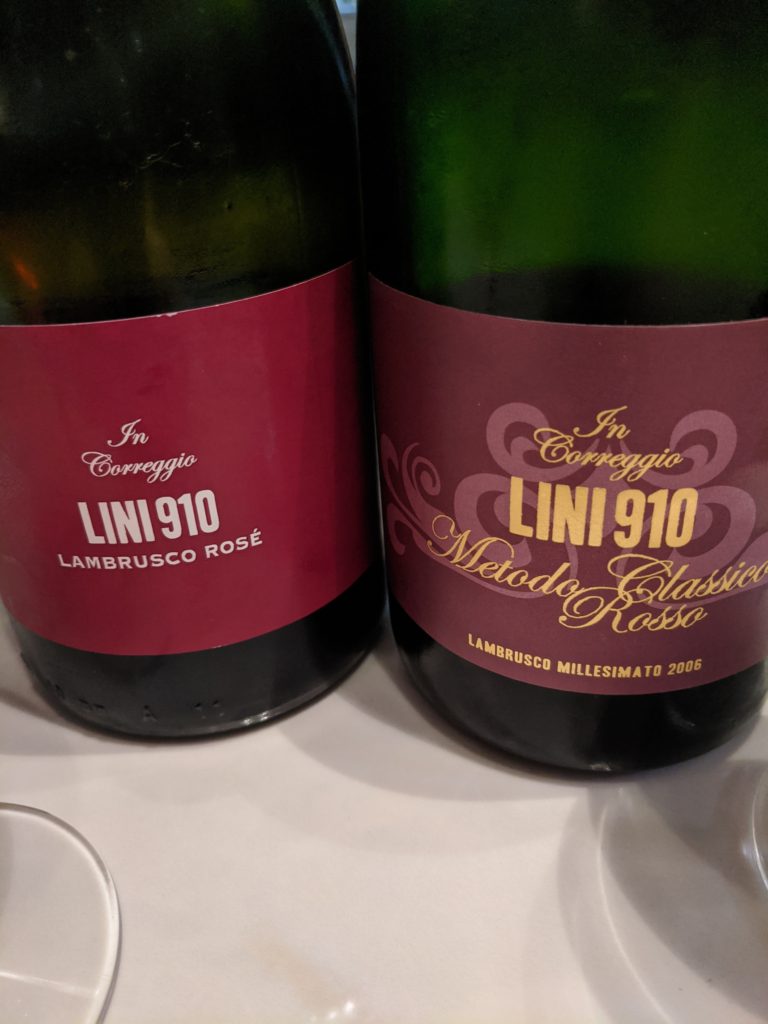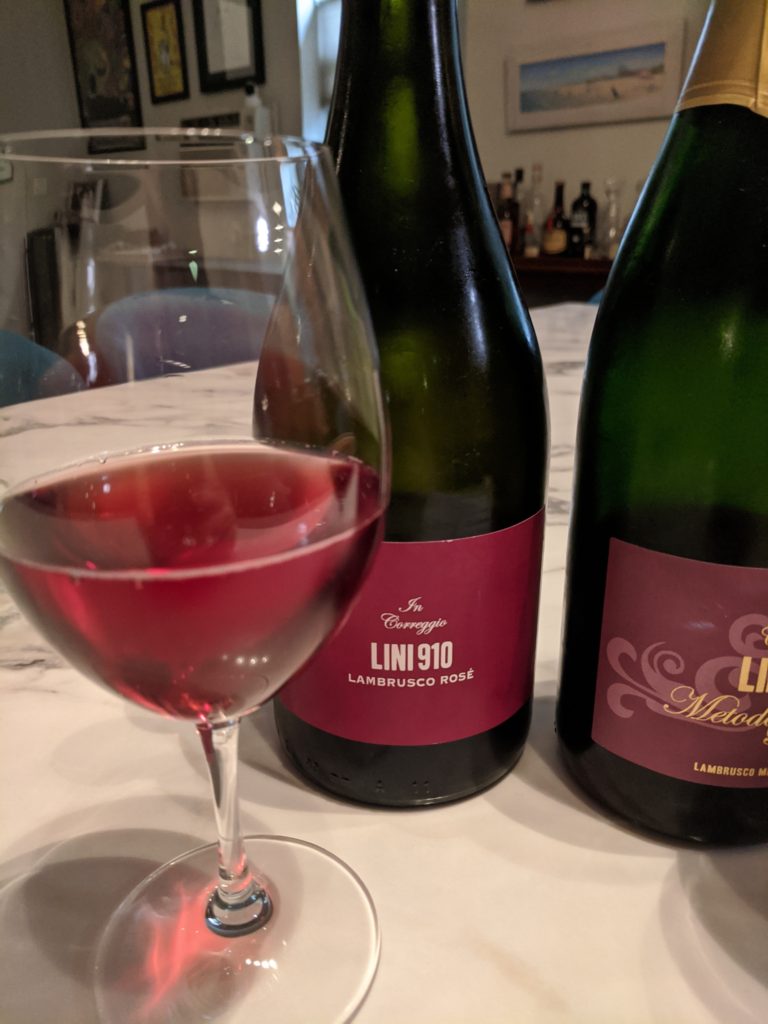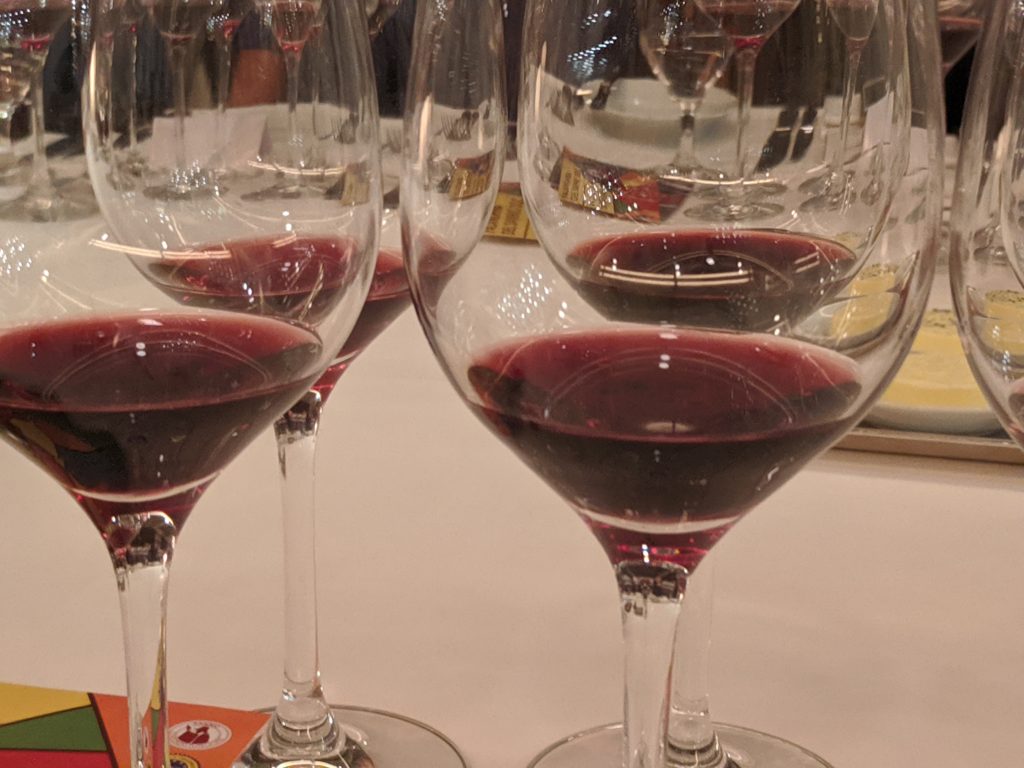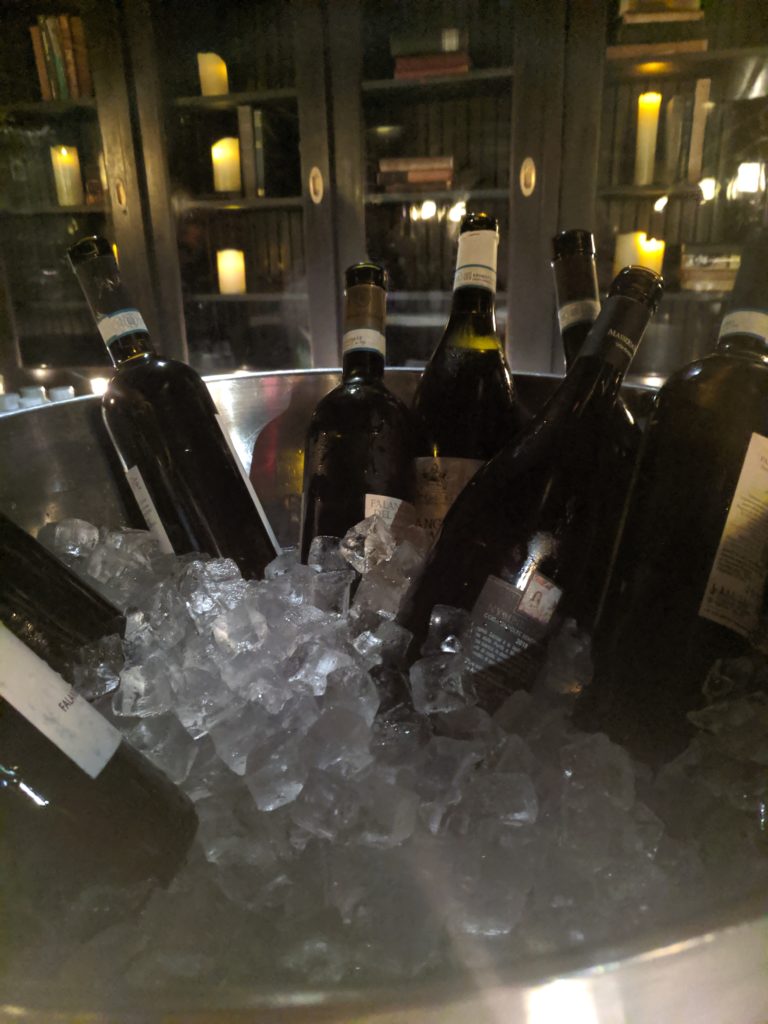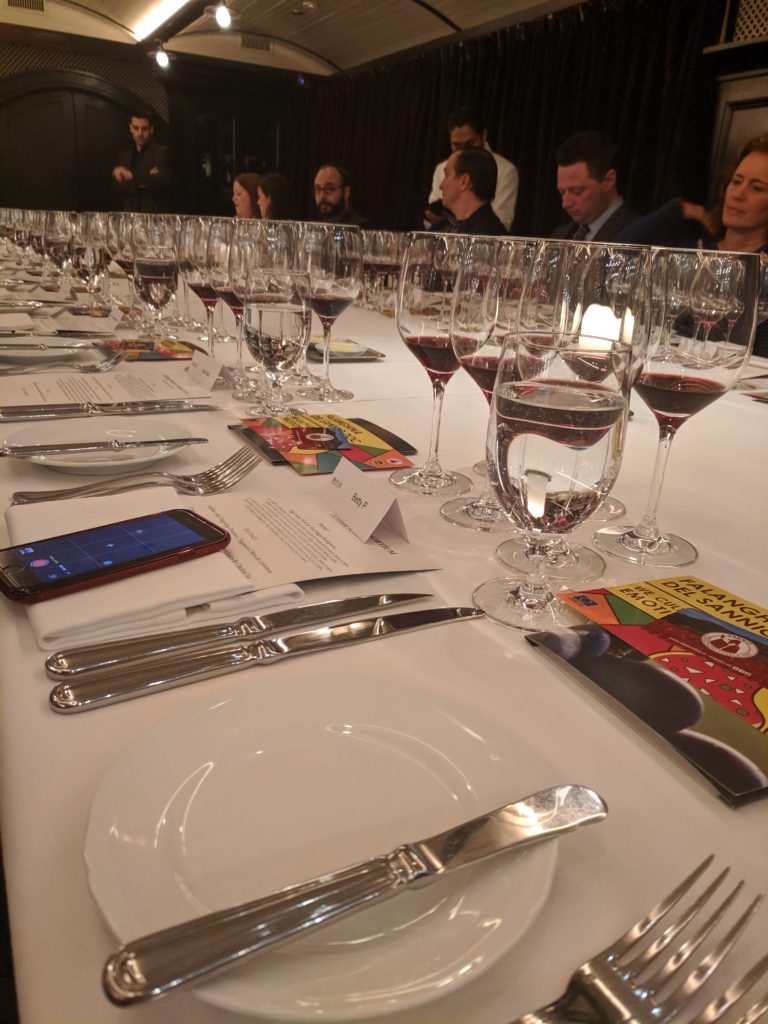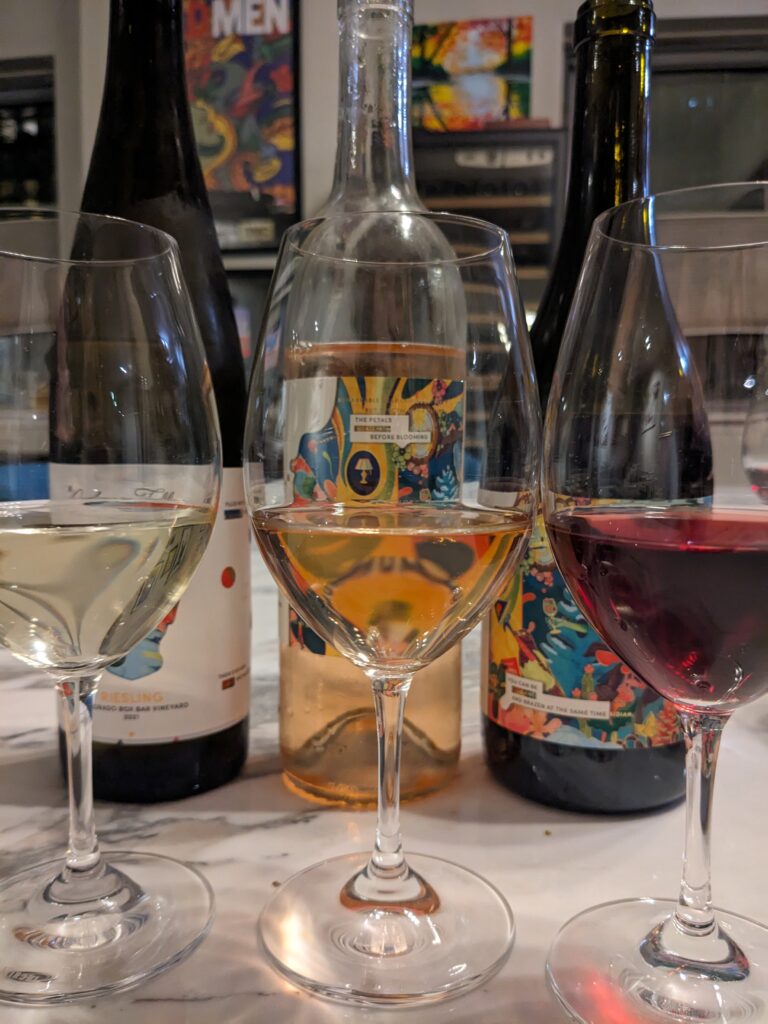
While Colorado is most usually associated with beer (and, in fact, the Colorado Rockies baseball team’s stadium bears the name of its sponsor, Coors Brewing), you might find it surprising to know that the state is also home to over 170 wineries. Moreover, wine production in Colorado dates back to 1890 when the state’s governor, George A. Crawford, planted 60 acres of wine grapes.
Admittedly, this is not a state that comes to mind when thinking of wine, but I am always game to try and expand my statutory wine knowledge. Thus, when I received the opportunity to taste samples from The Ordinary Fellow, I jumped at the chance and enlisted my friend, Ron, who previously joined me for Virginia and California tastings, to taste through a selection of these wines with me. The remainder were enjoyed at the table for Thanksgiving. As wines “born in the USA,” they were perfect options for this American holiday.
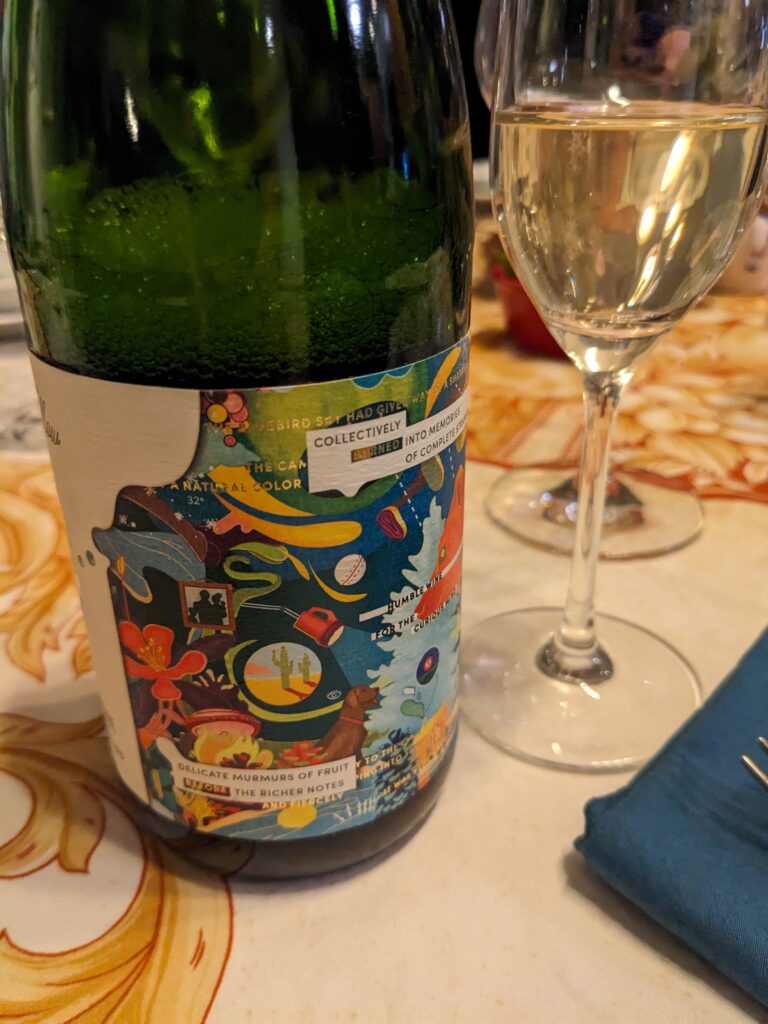
The Ordinary Fellow is much more recent that Colorado’s historic beginnings, having been established in 2021, by long-time winemaker, Ben Parsons. Parsons earned his degree in oenology from the University of Adelaide in Australia and has been (and continues to be) involved in numerous wine ventures, including one with a focus on canned wine. Originally from the UK, his latest winery launch is named for his hometown pub.
Situated in Colorado’s Grand Valley AVA, the winery sources from vineyards growing at elevations of 6,500 feet above sea level. With hot, dry, sunny days and cool nights, grapes are able to fully ripen while maintaining good acidity levels.
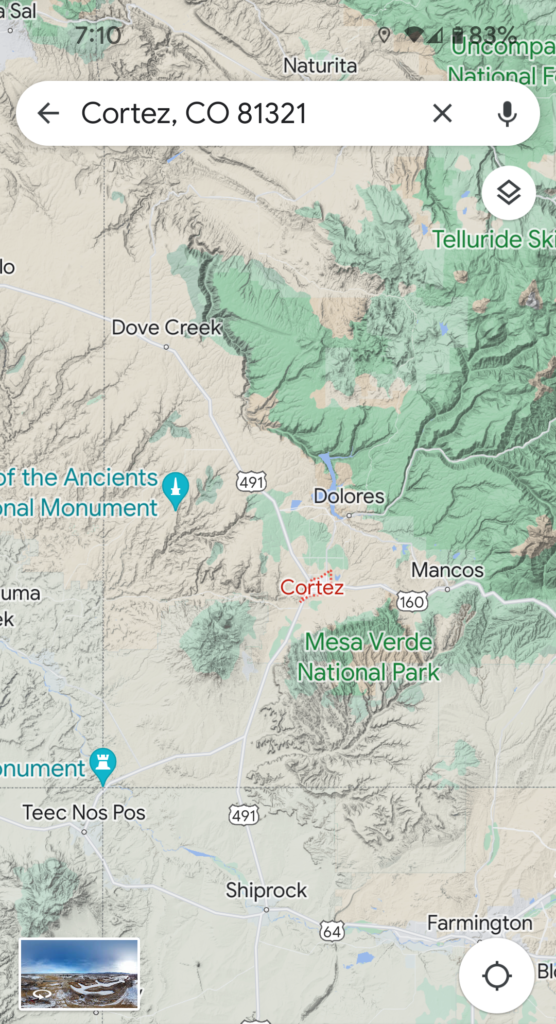
The eye-catching labels sport the slogan “Humble wine for the curious mind,” and other interesting phrases that appear to be quasi tasting notes. Further, they are interactive with outer sleeve silhouettes that can be rotated full circle to display alternate images and text.
With absolutely no exposure to Colorado wines prior to our tasting, we weren’t sure what to expect from them, but we were very impressed with their quality. The wines showed beautifully, displaying complexity, balance, concentration and length. My favorite of the selection was the Pinot Noir, but they were all really lovely, well-made wines and a pleasure to enjoy with friends over good food and good conversation.
Of note, these are boutique wines with small production (225-450 cases per wine) and while not inexpensive, they are reasonably priced for the quality and limited production.
TASTING NOTES
The Ordinary Fellow Sparkling Blanc De Noirs of Pinot Noir 2022, Colorado (USA), $48.00
Fresh, with citrus, slight yeast and nuts, green apple, beautiful effervescence, long length. [225 case production]
The Ordinary Fellow Riesling 2021 Colorado Box Bar Vineyard, Colorado (USA), $24.00
With grapes sourced from the Box Bar Vineyard, a growing site just south of Cortez, CO on the slopes of the Sleeping Ute Mountain overlooking Mesa Verde National Park, this wine has a 420 case production (this is the Rocky Mountain High state after all). Displays a typical Riesling nose of lemon, lime, slight petrol and minerality. On the palate, it is dry, with medium+ acidity, medium body, lime, mineral, chalk and petrol, long length, very nice. [Low residual sugar of less than 1 g/l]
The Ordinary Fellow Chardonnay 2022, Colorado Box Bar Vineyard, Colorado (USA), $34.00
Made from 100% Chardonnay grapes from the Box Bar Vineyard, which, at a 6500 elevation is one of the highest vineyard sites in the state. Notes of butter, a hint of nuts and yeast, rich and ripe with apple, medium+ body, good acidity and long length. [375 case production]
The Ordinary Fellow Rose of Pinot Noir 2022, Colorado Hawk’s Nest Vineyard, Colorado (USA), $27.00
The Pinot Noir grapes for this wine and that of the next one are grown at 6800 feet in elevation, which is outside Dolores, CO in the Montezuma Valley. Produced from 100% Pinot Noir, this is a lovely, fresh wine with peach, strawberry and floral notes, with tart strawberry, bright acidity, medium body, cherry, with a restrained elegance, which we greatly appreciated. The Tech Sheet suggested aromas of marijuana – none of us agreed, but we did all chuckle.
The Ordinary Fellow Pinot Noir 2022, Colorado Hawk’s Nest Vineyard, Colorado (USA), $37.00
Produced from 100% Pinot Noir and aged in 3-year-old French oak, medium+ toast, this wine offered up a beautiful nose, restrained and elegant with cherry, berry and floral notes, giving way to some herbal undercurrents, with vibrant acidity, medium body and culminating in very long length.
The Ordinary Fellow Cabernet Sauvignon 2021, Colorado Box Bar Vineyard, Colorado (USA), $39.00
Aromas of blackberry, slight herbal notes, and slight oak, all of which persist on the palate, along with full body, bright acidity and long length. [350 case production]

